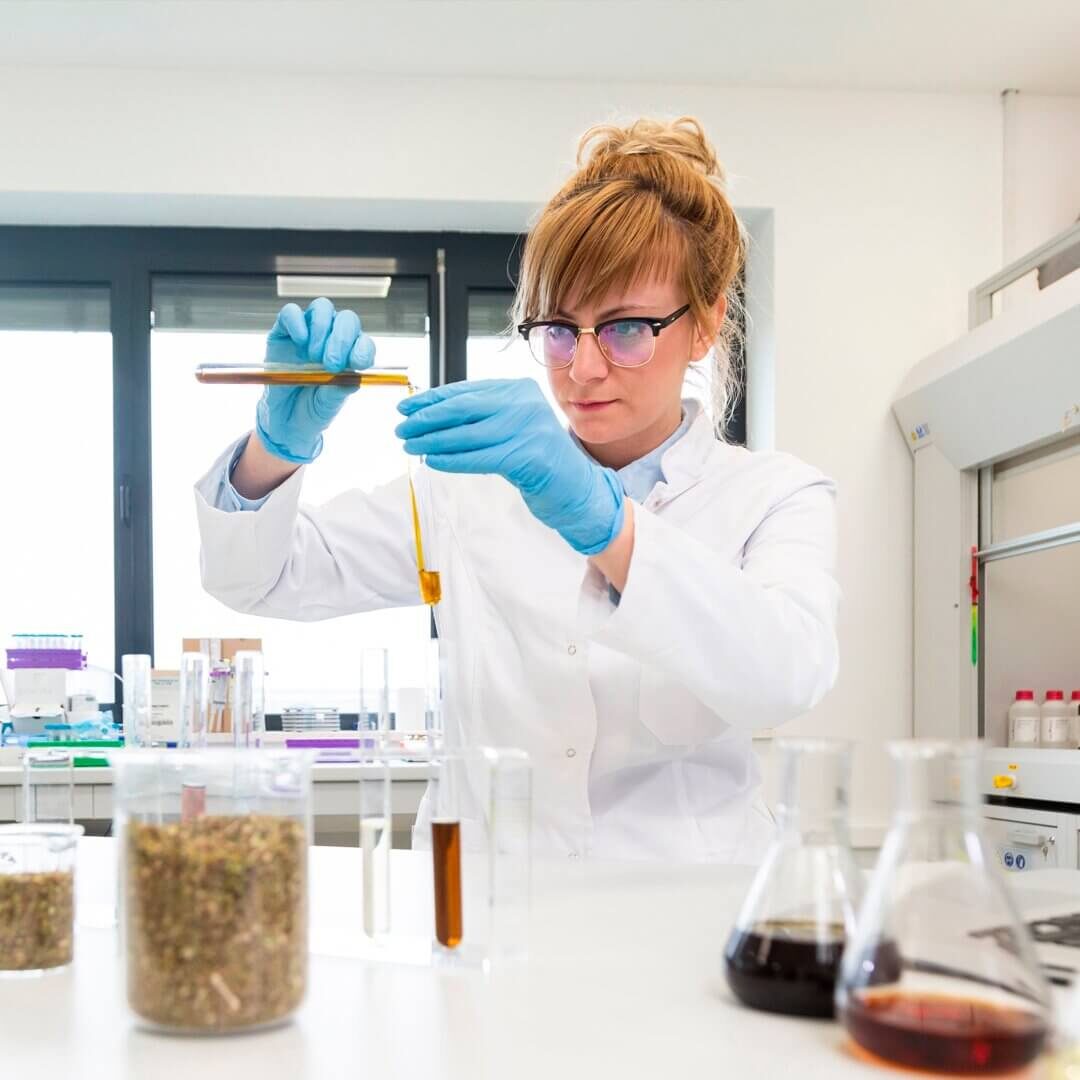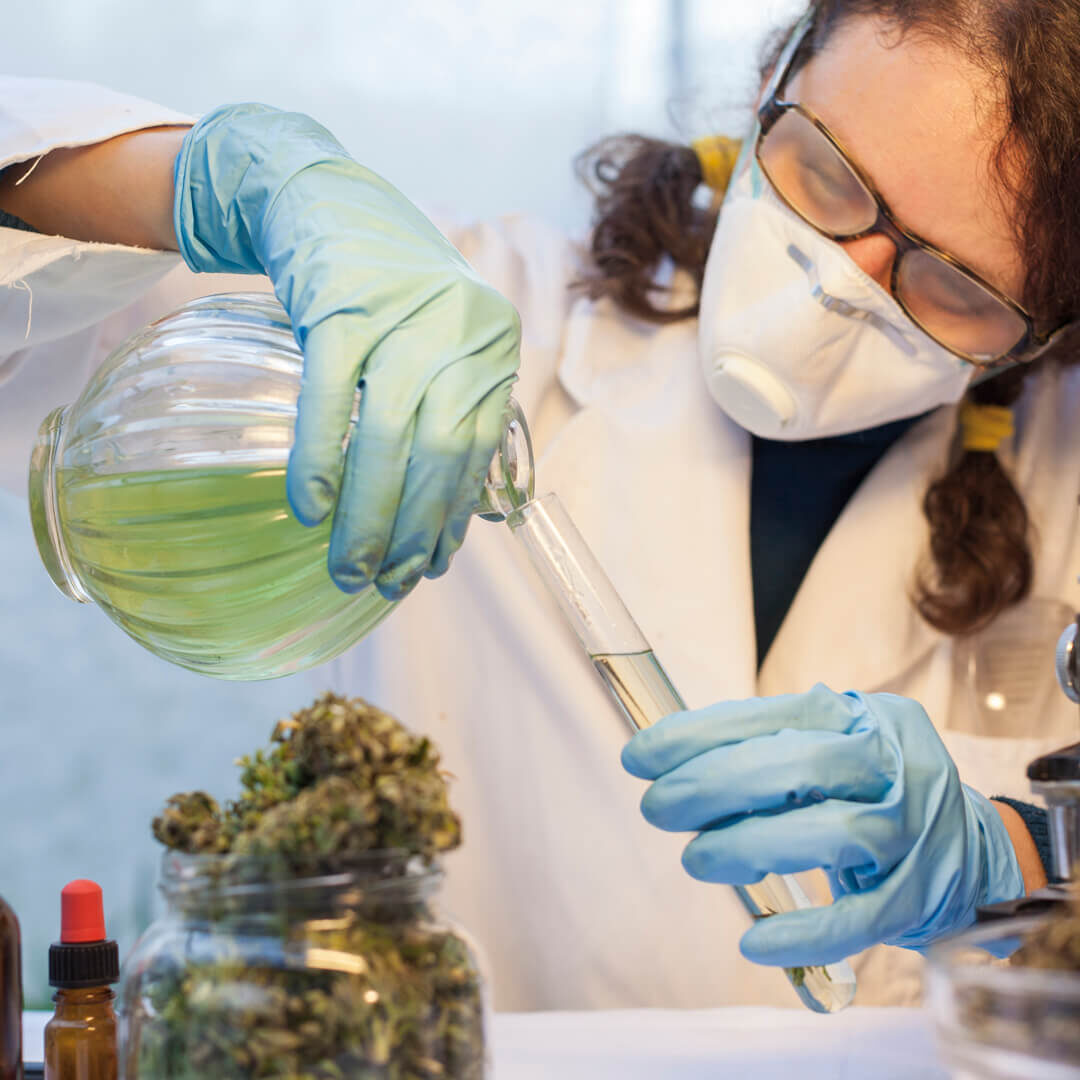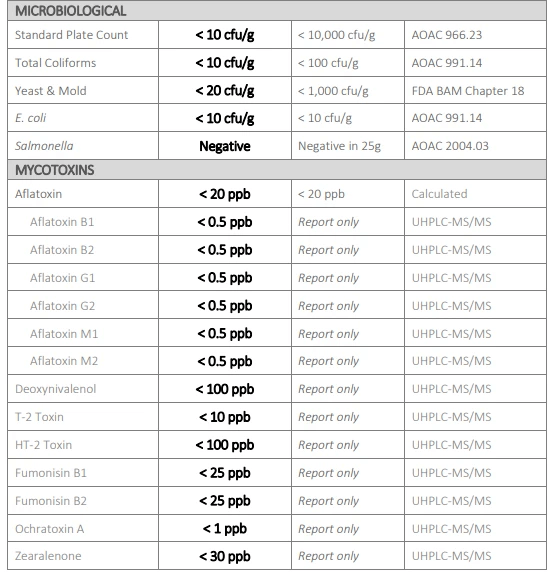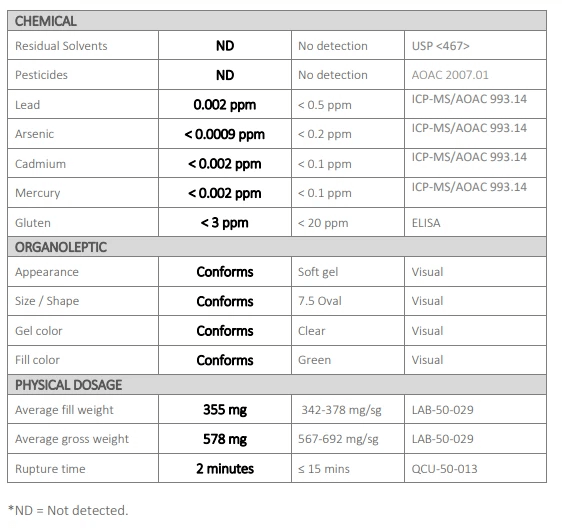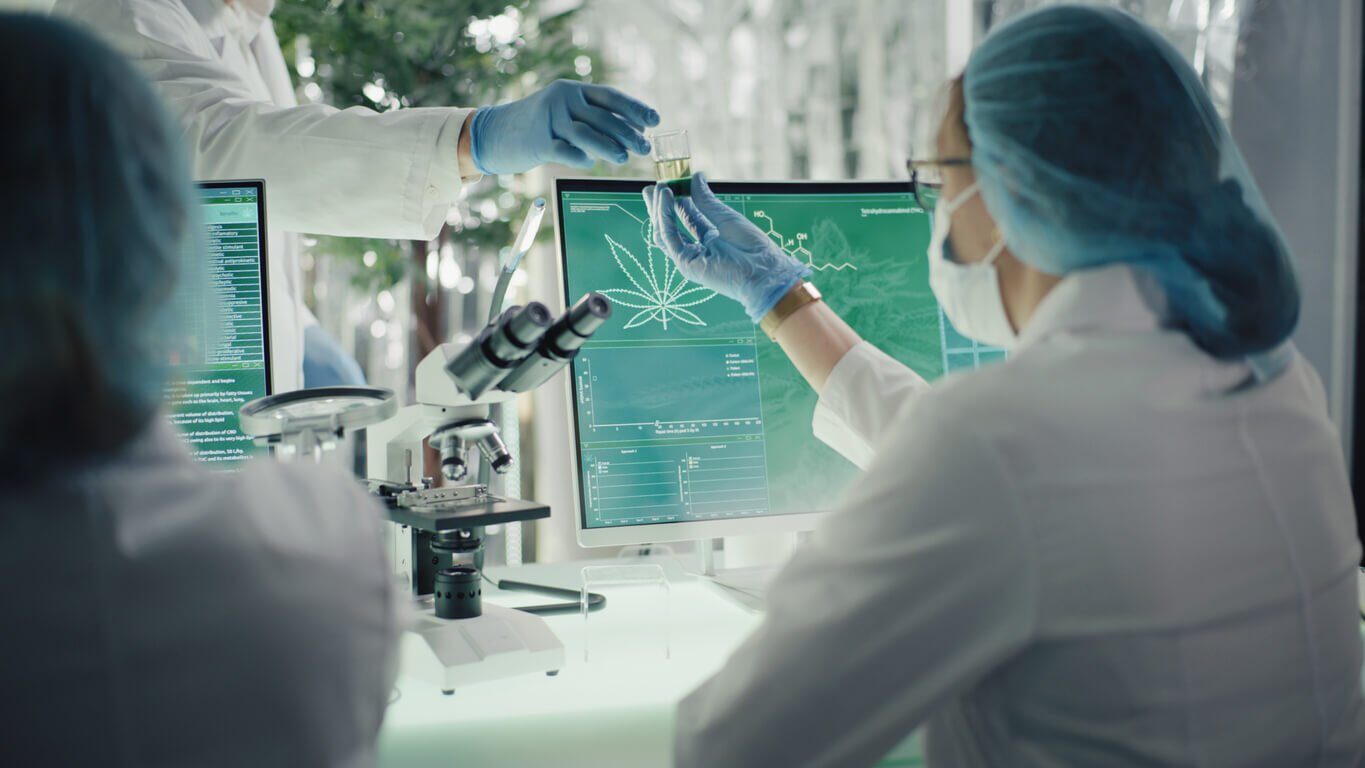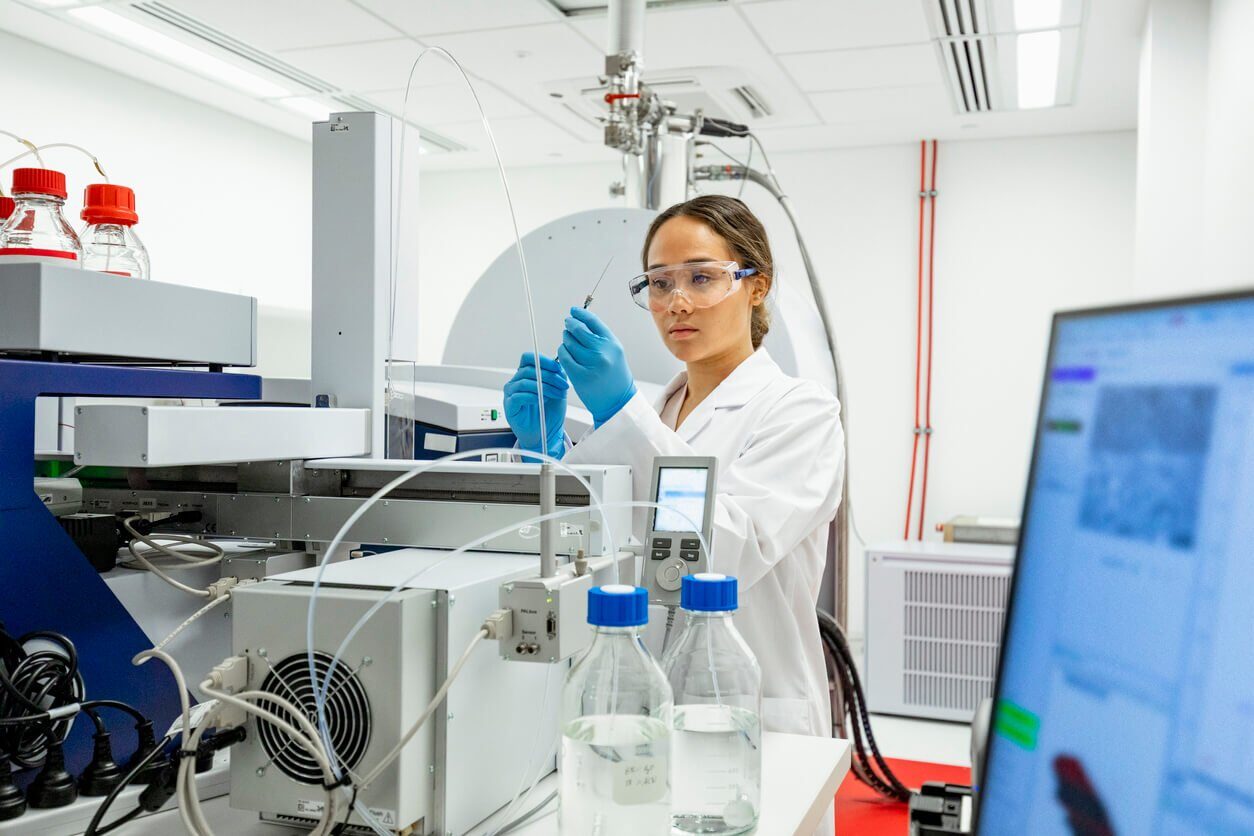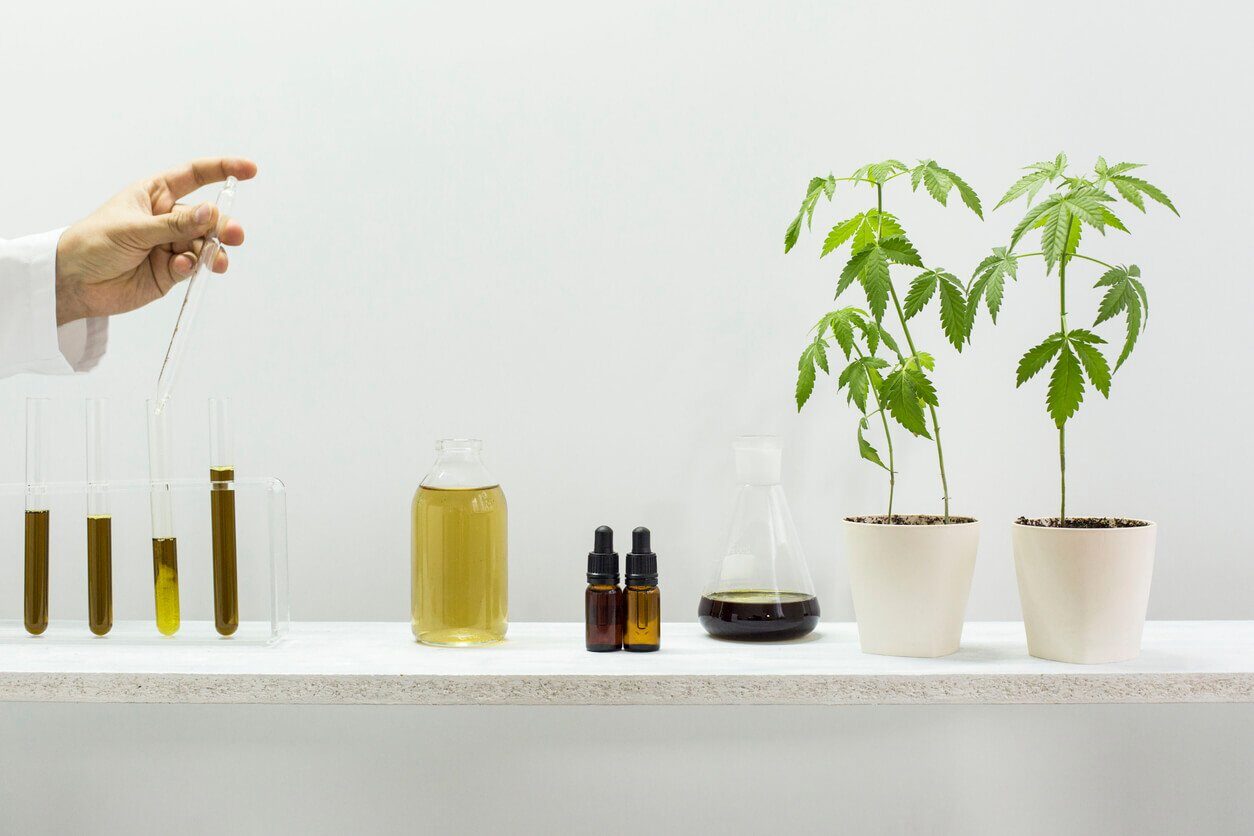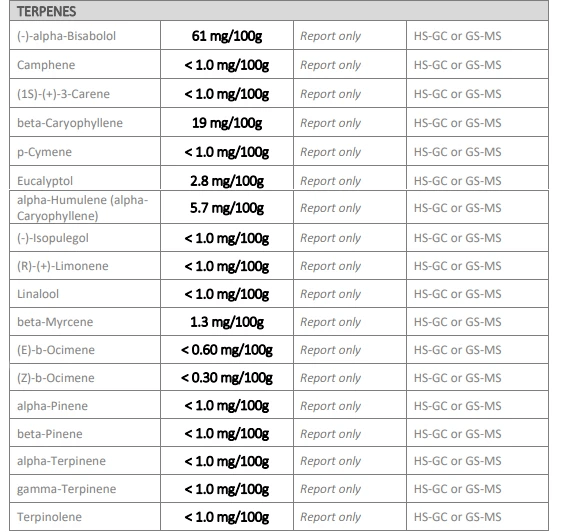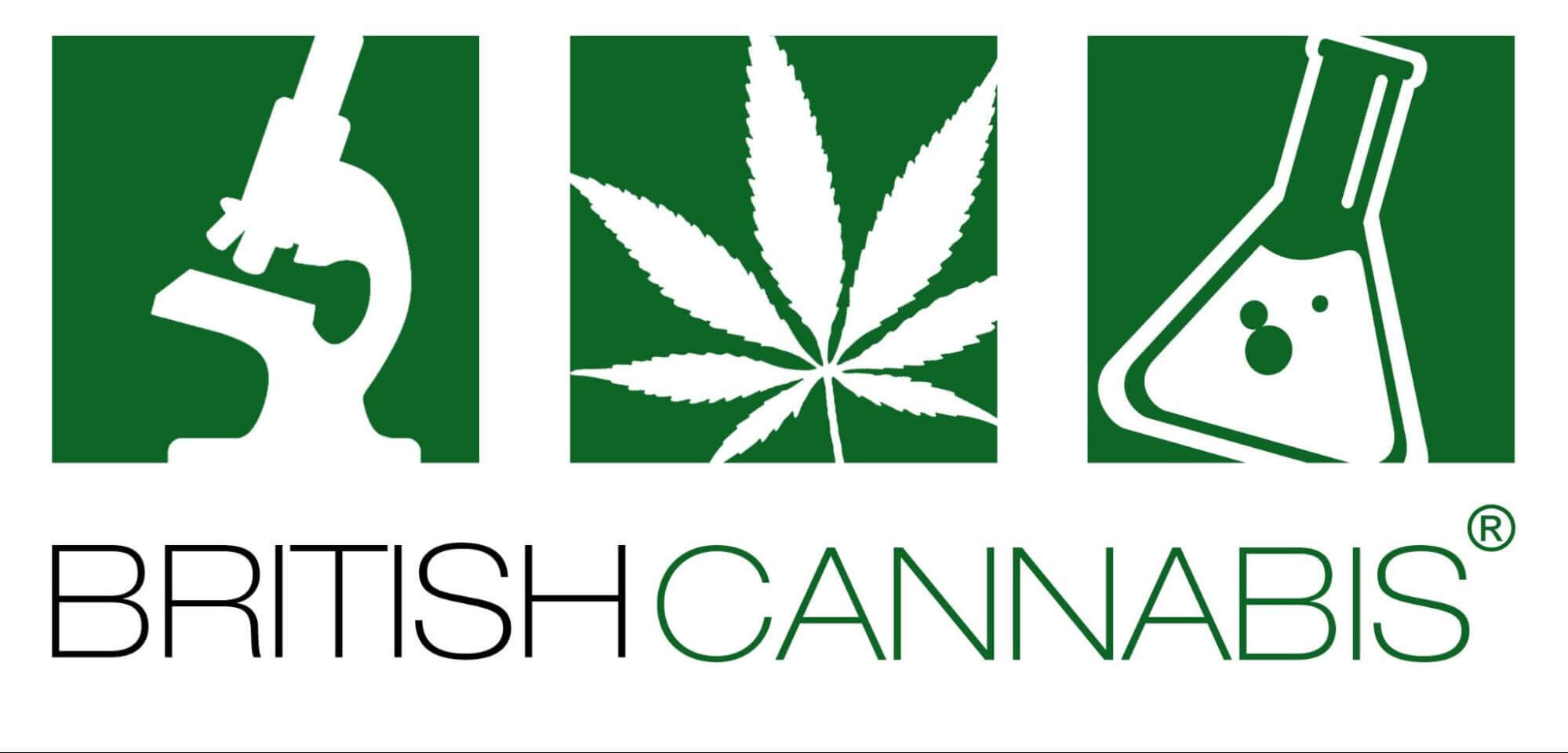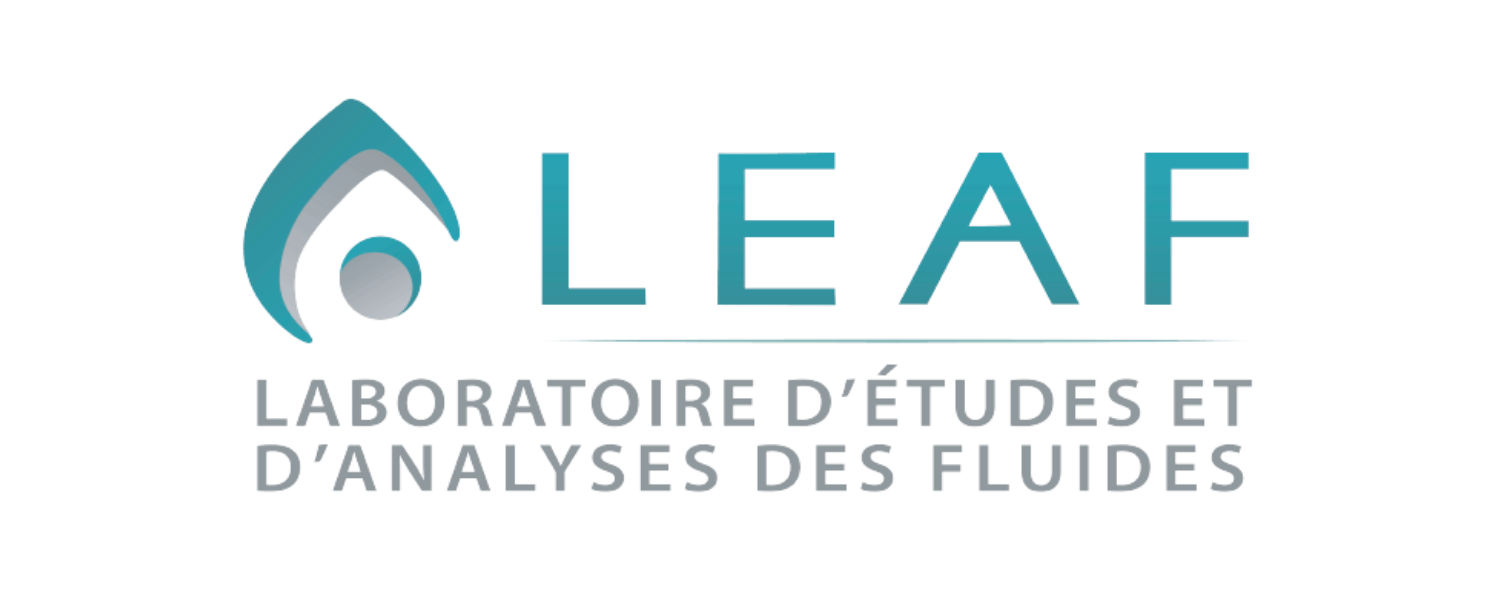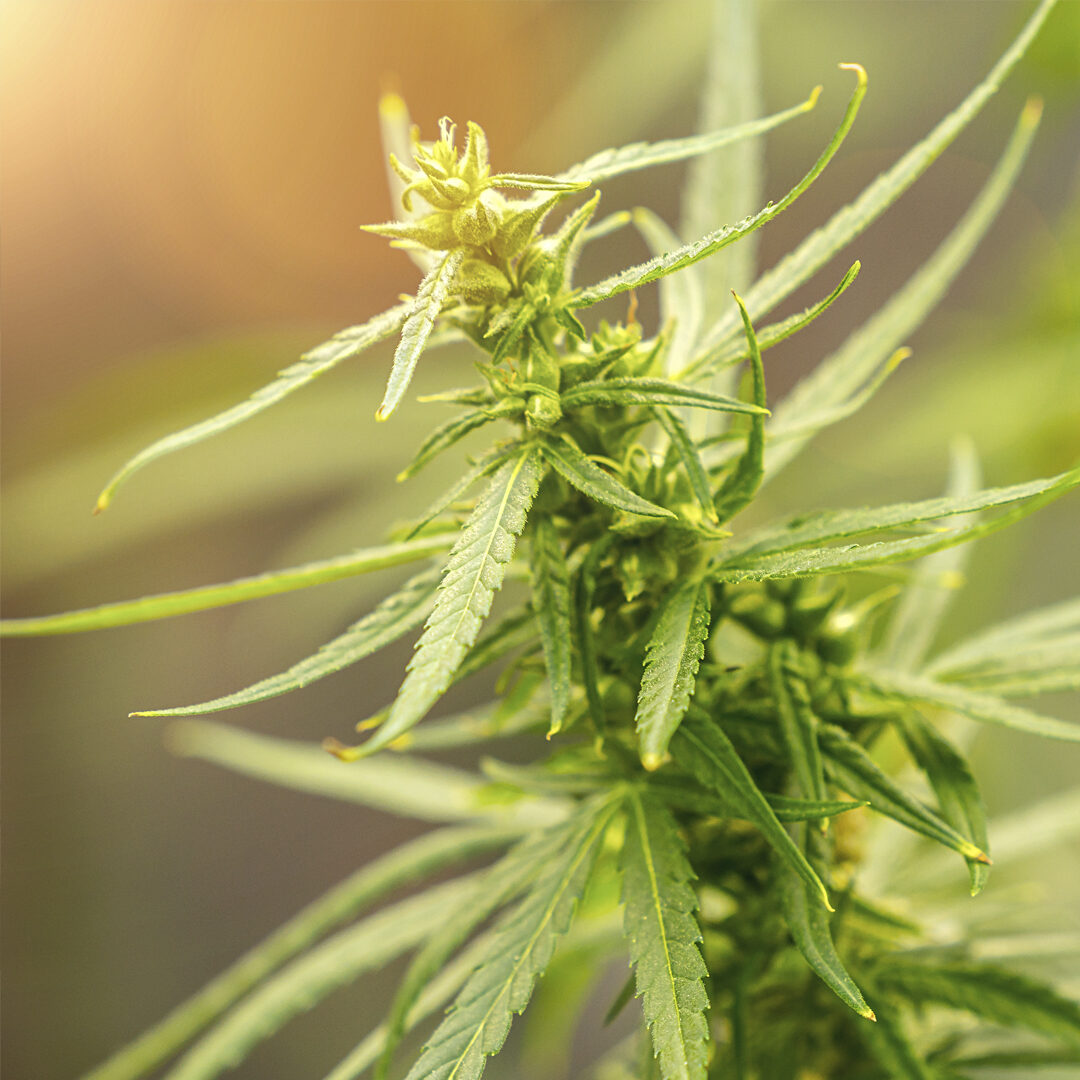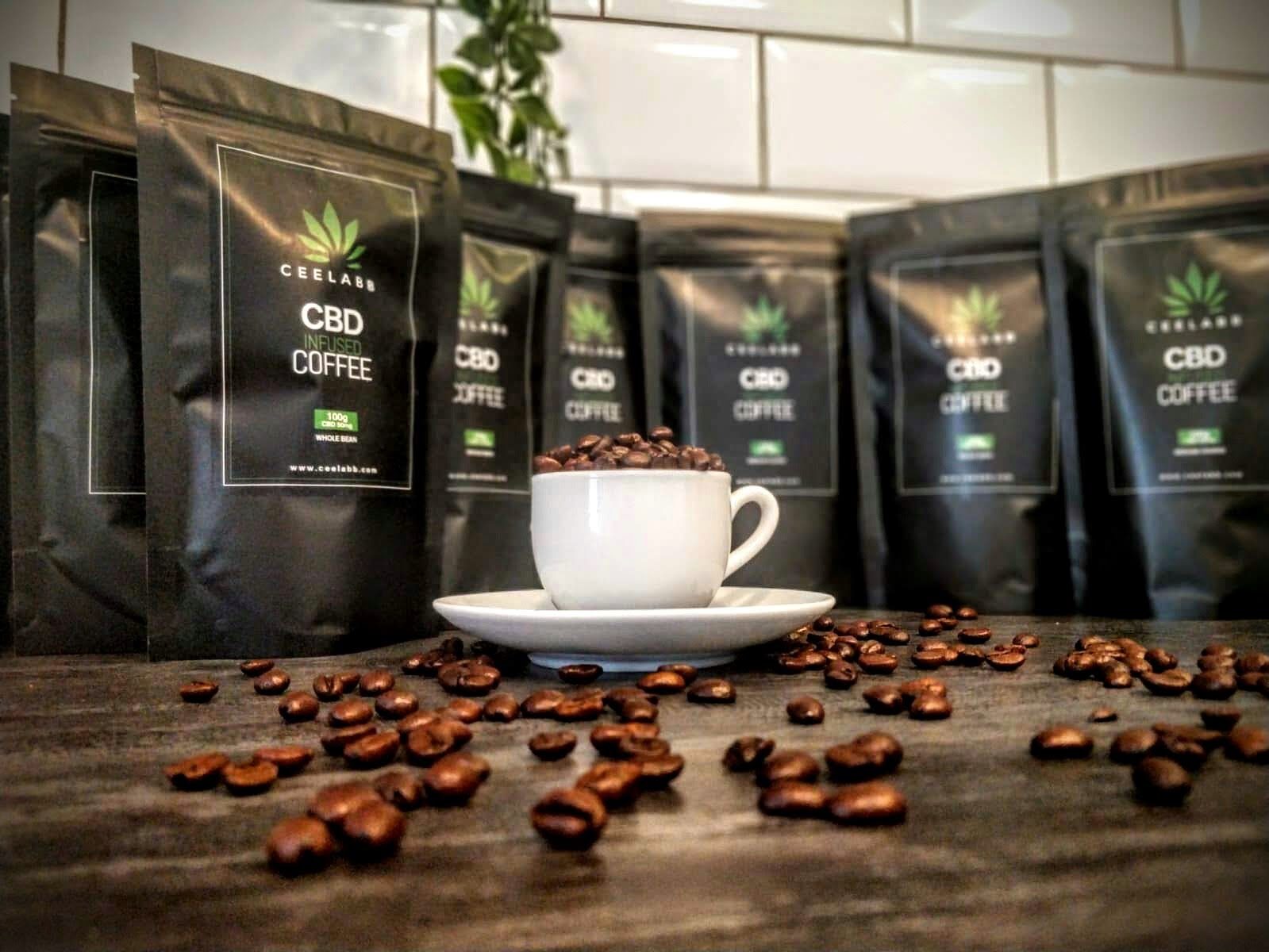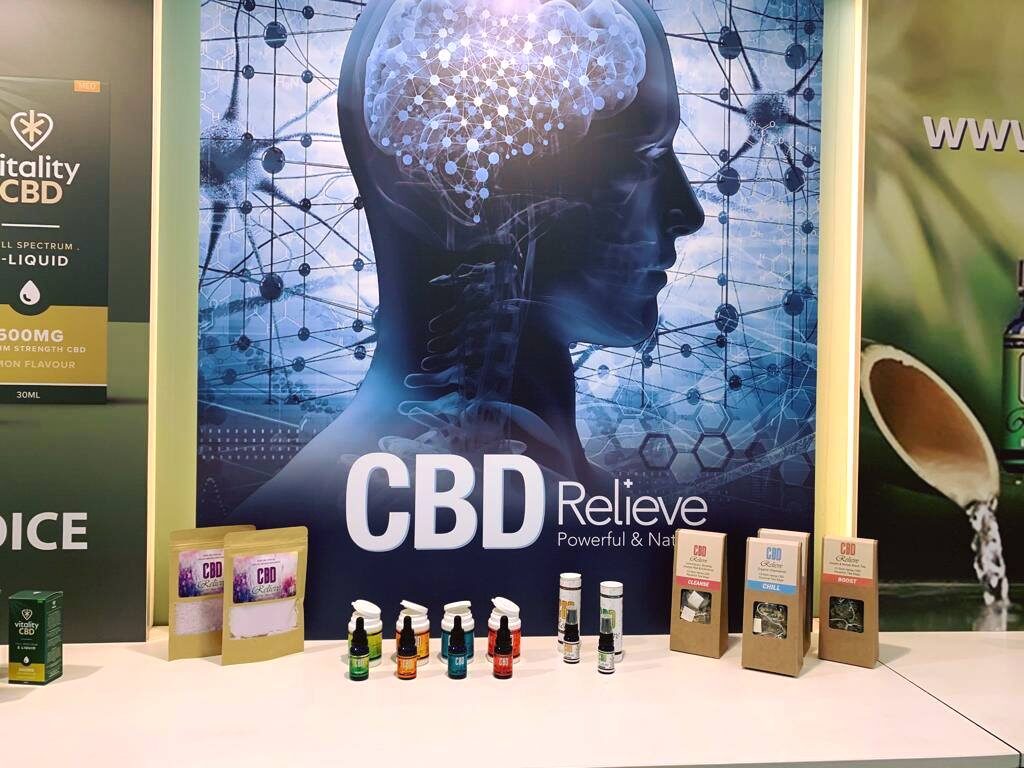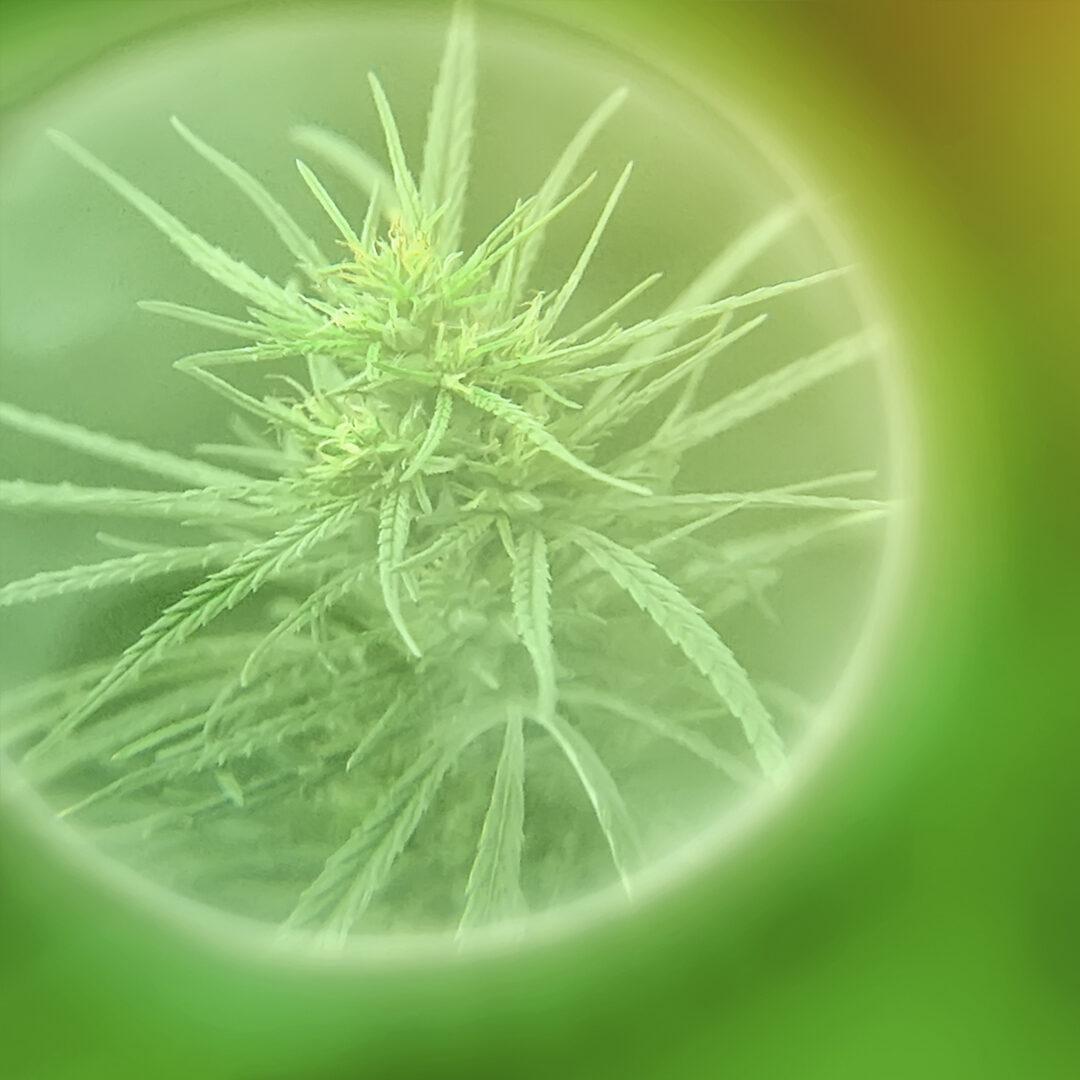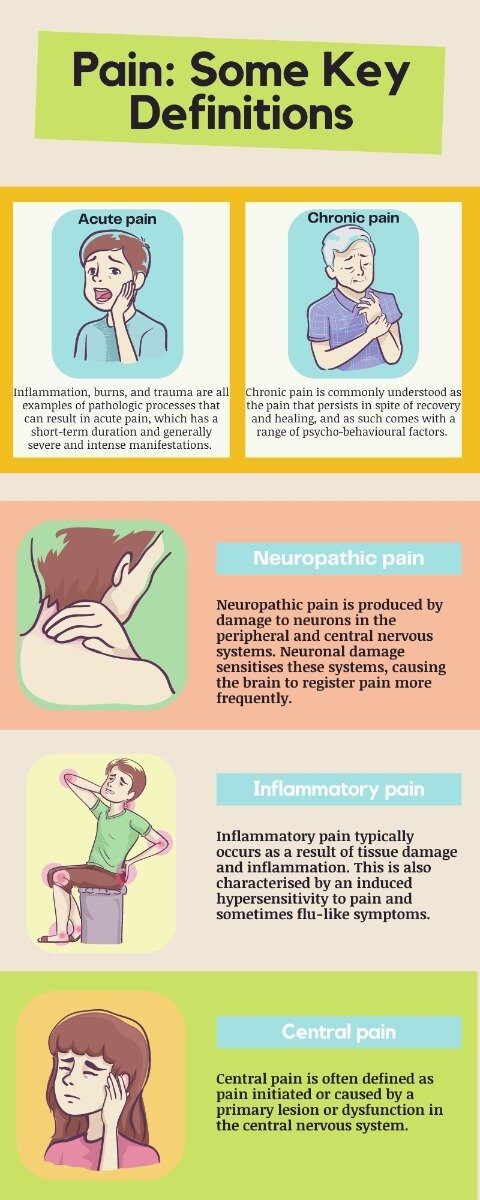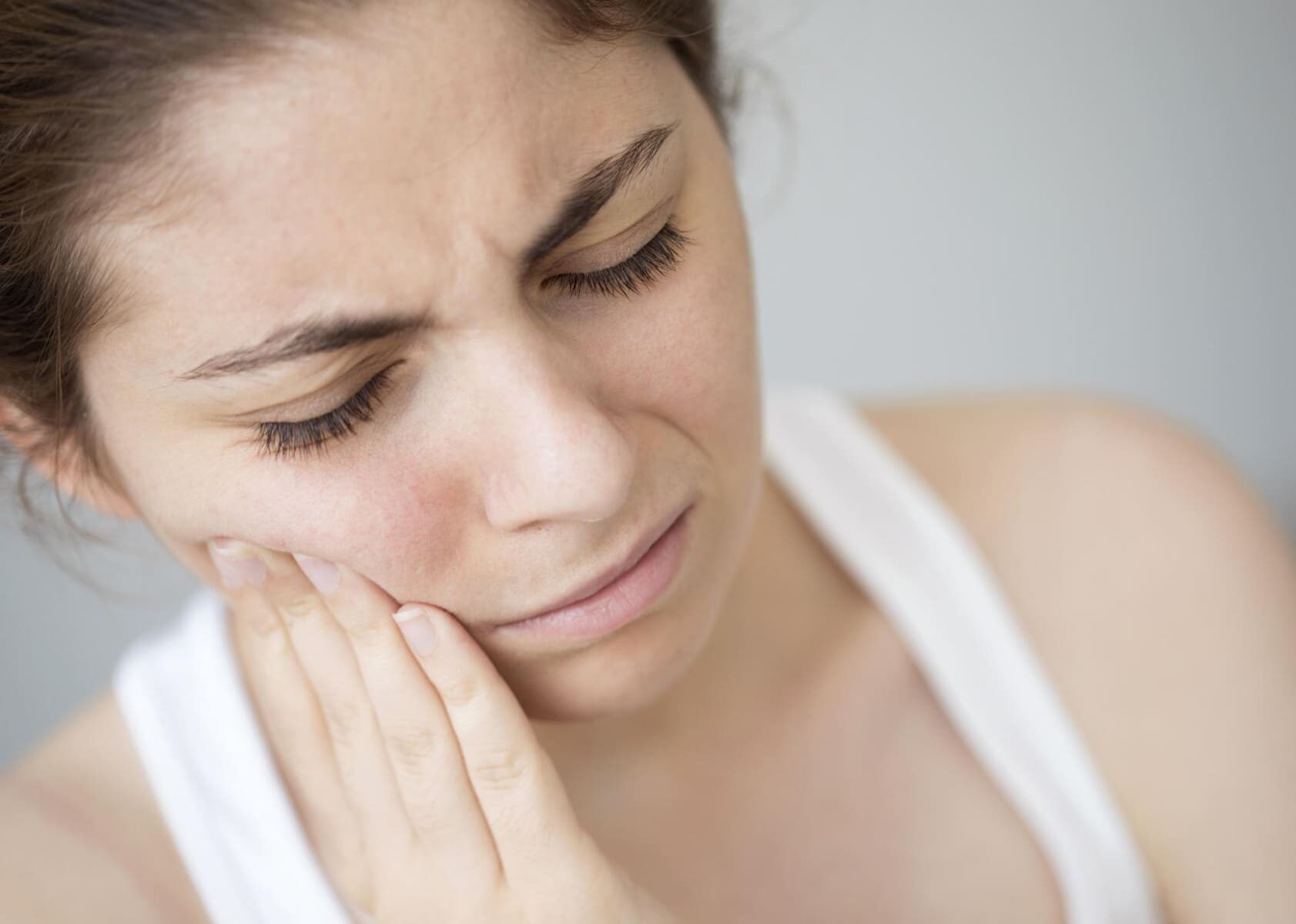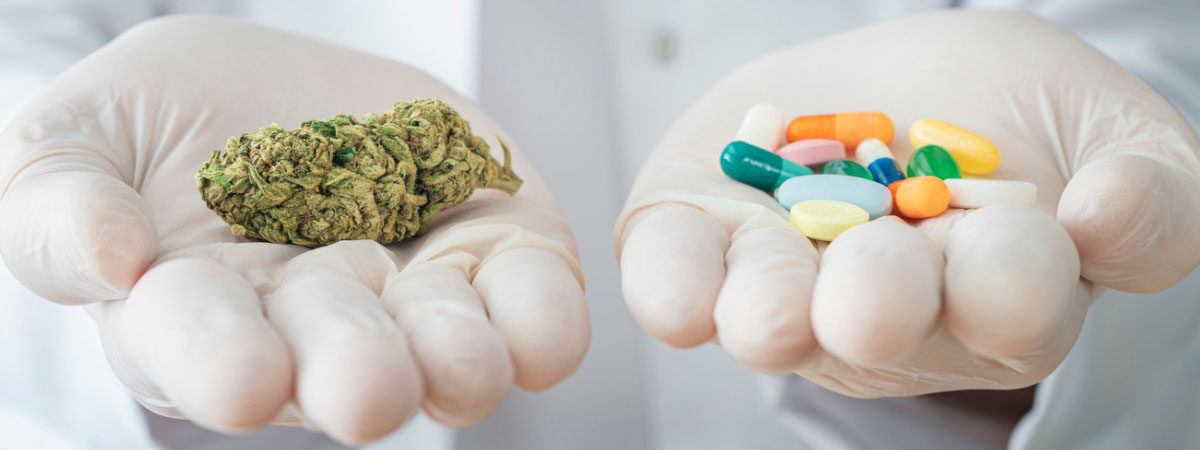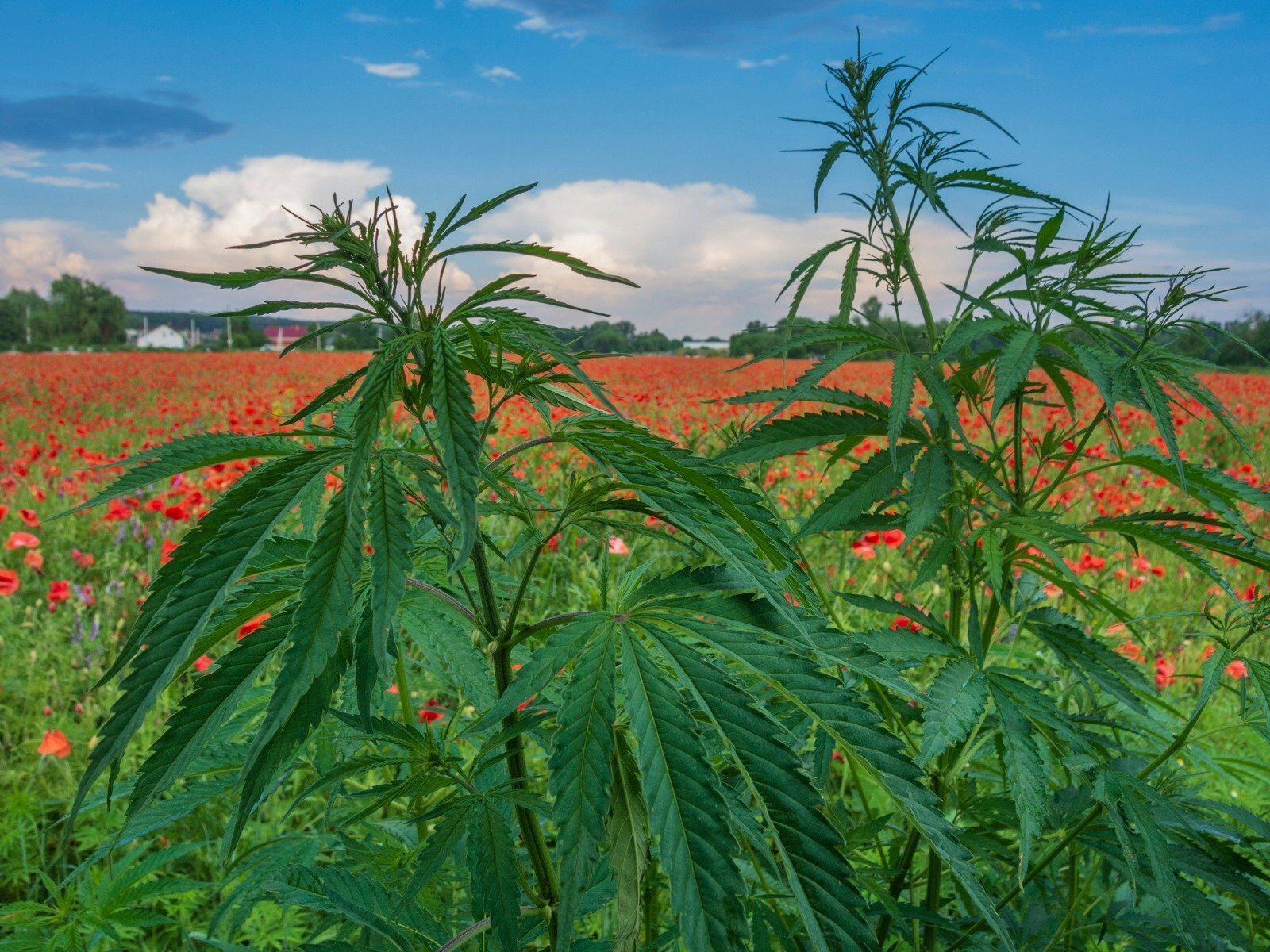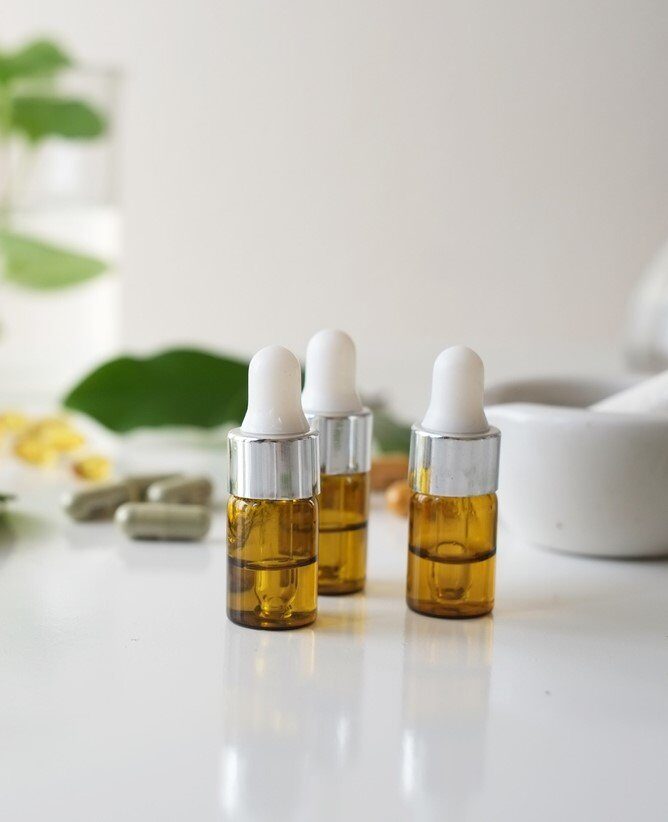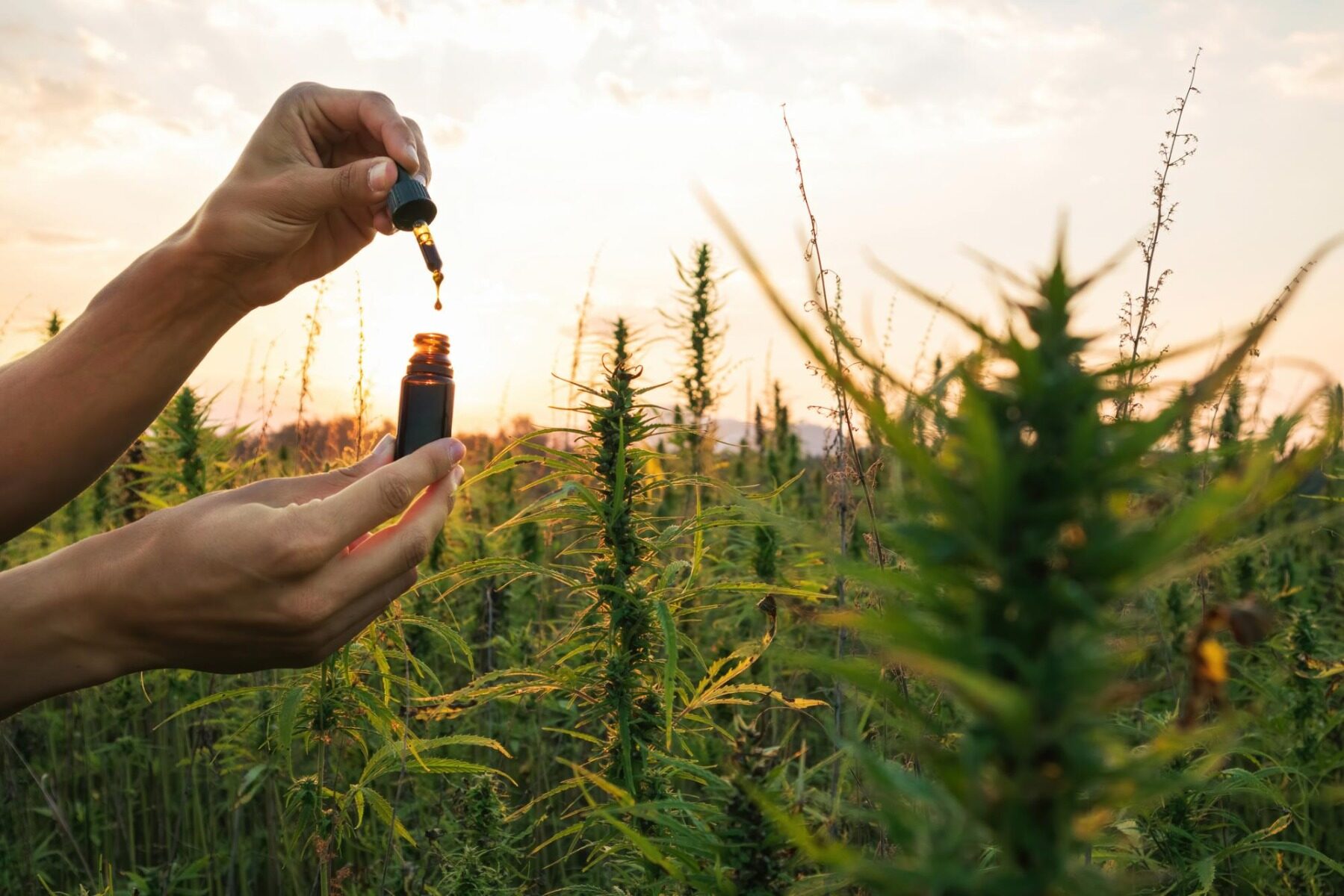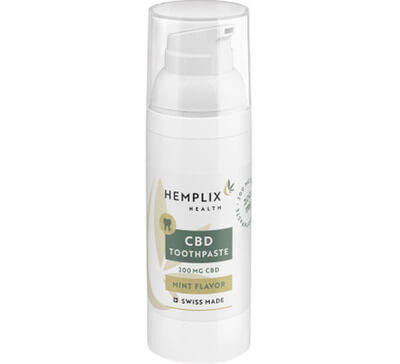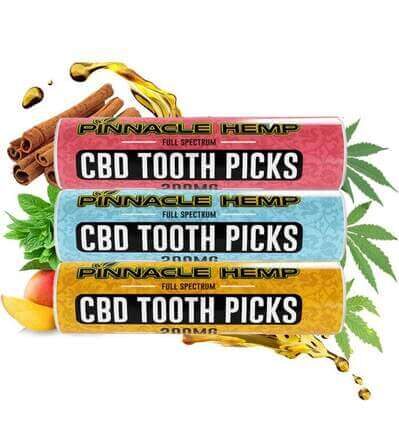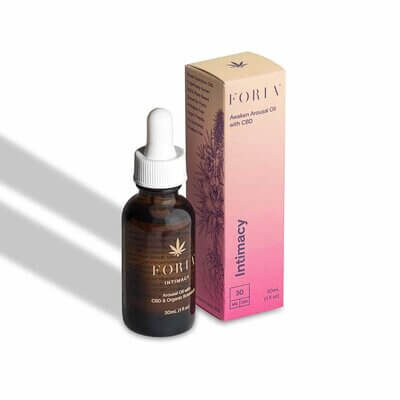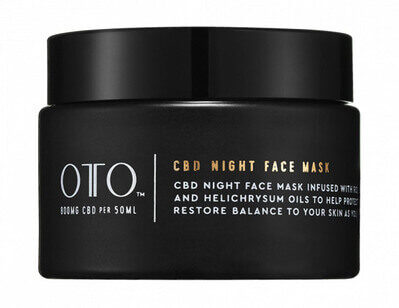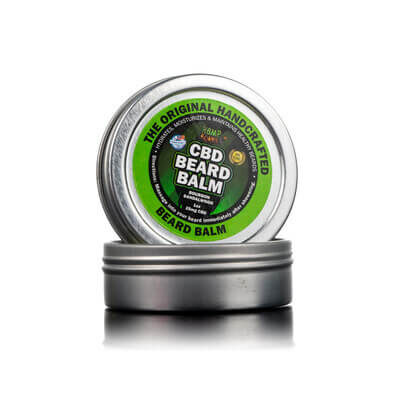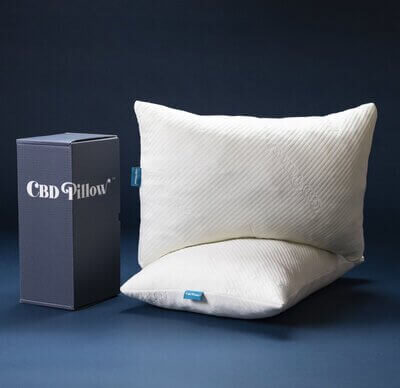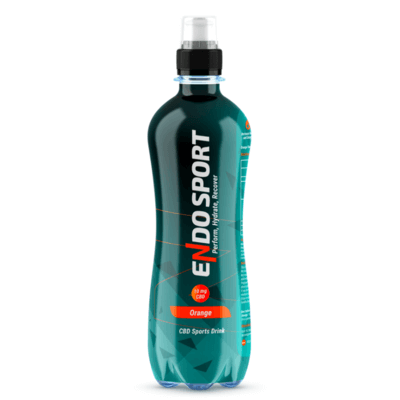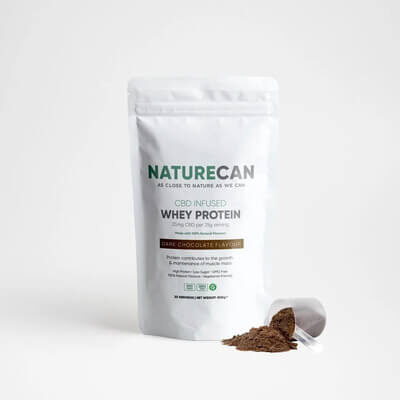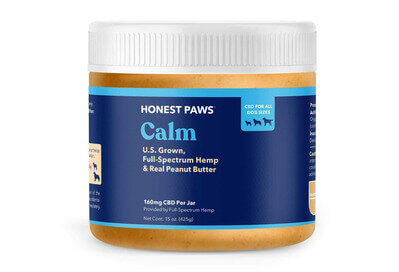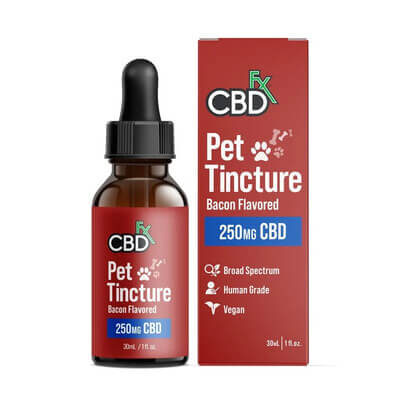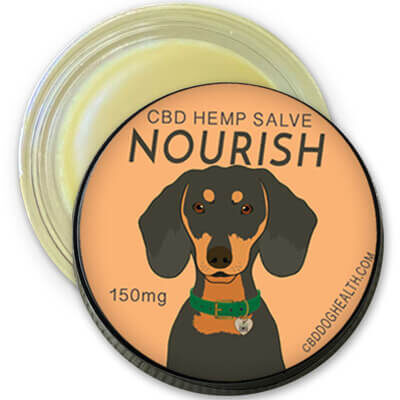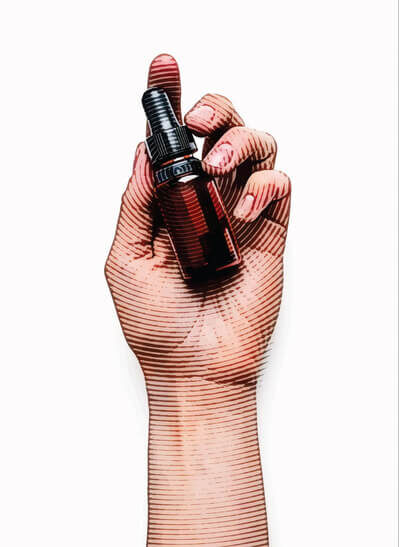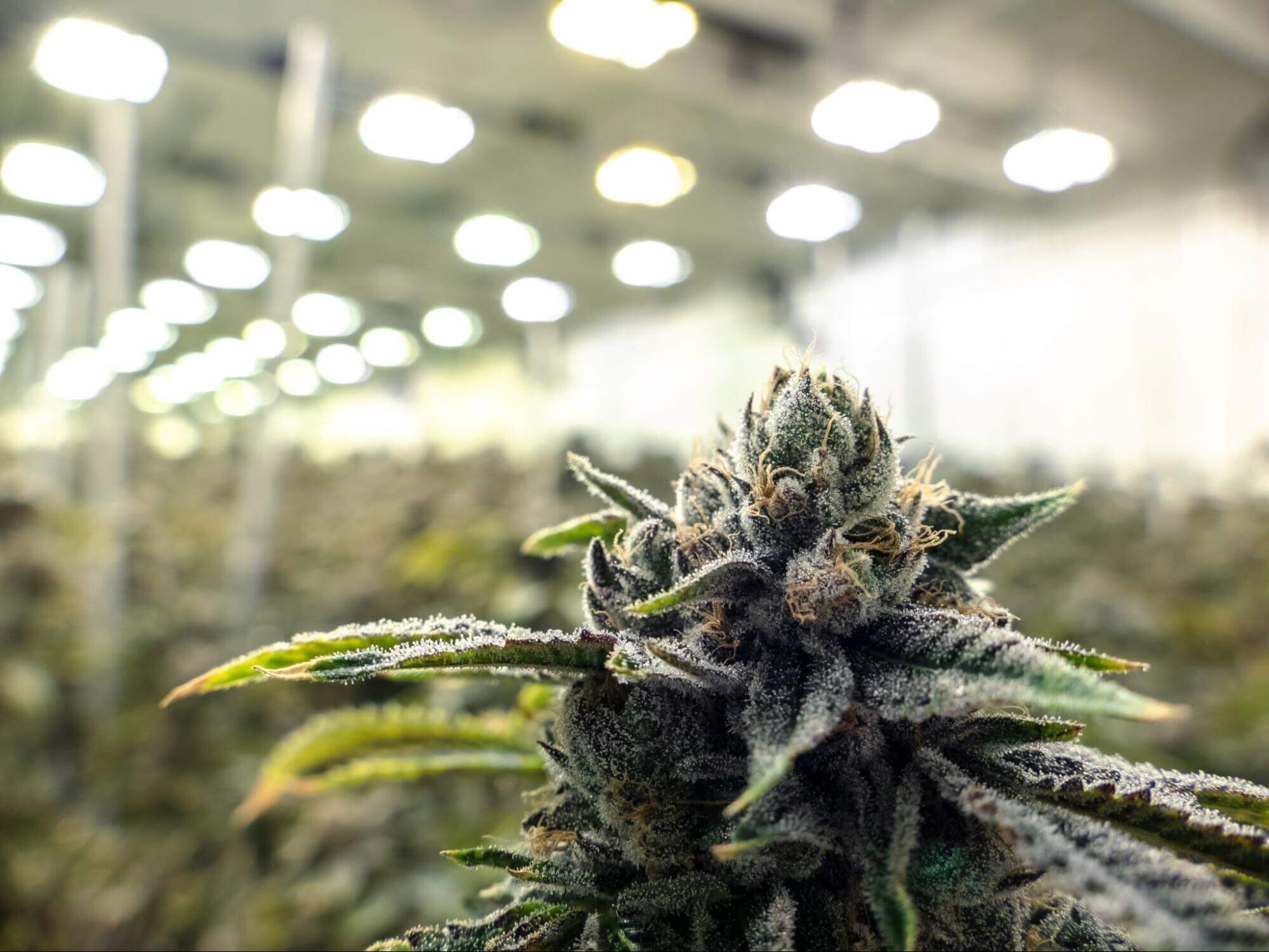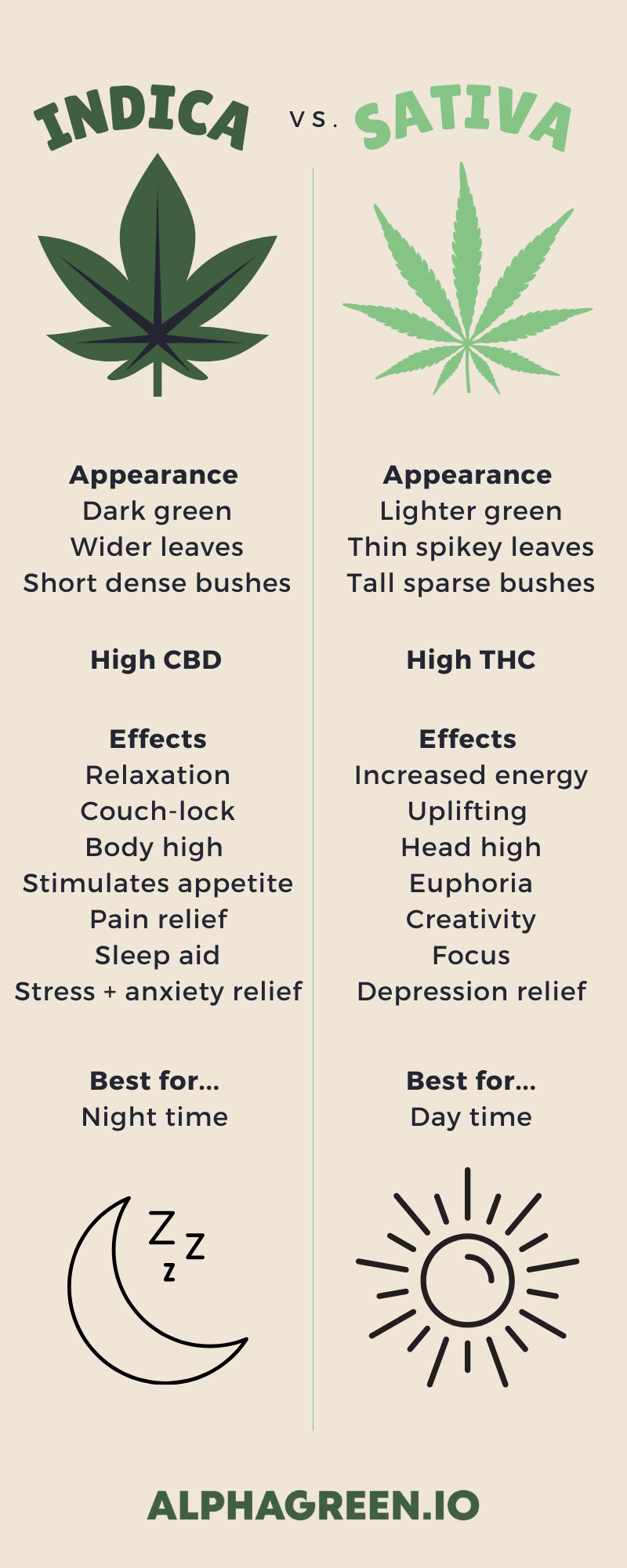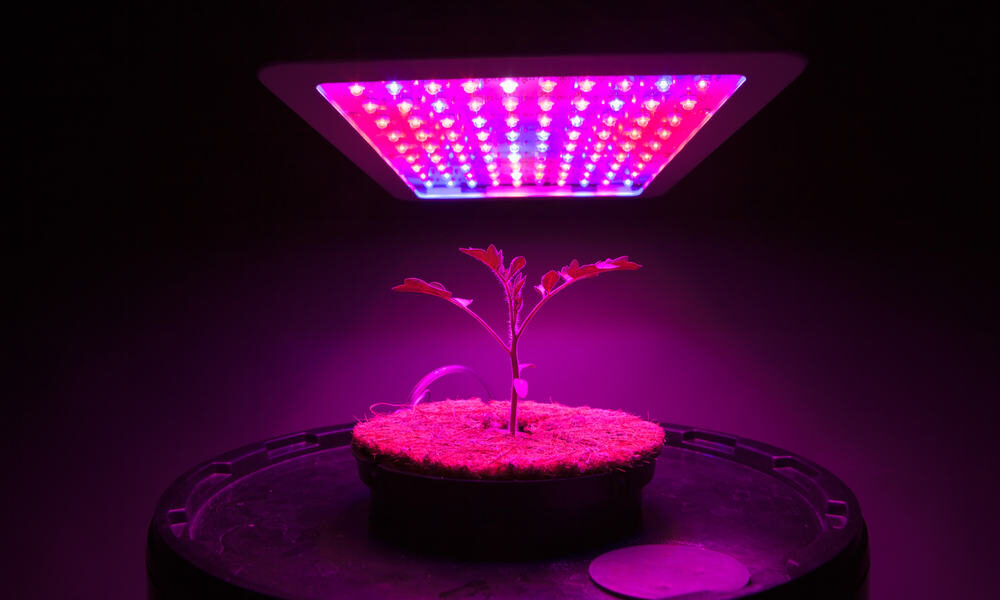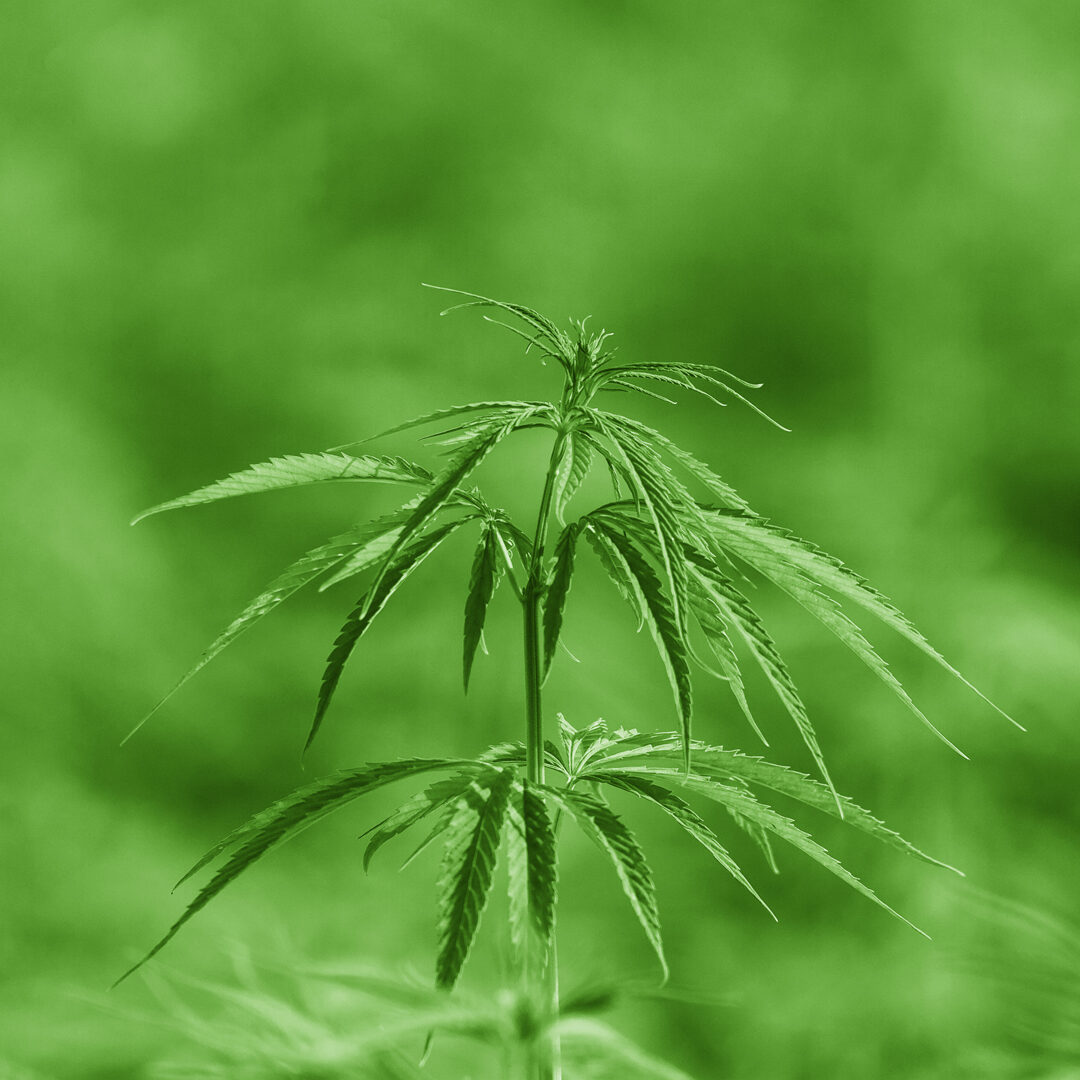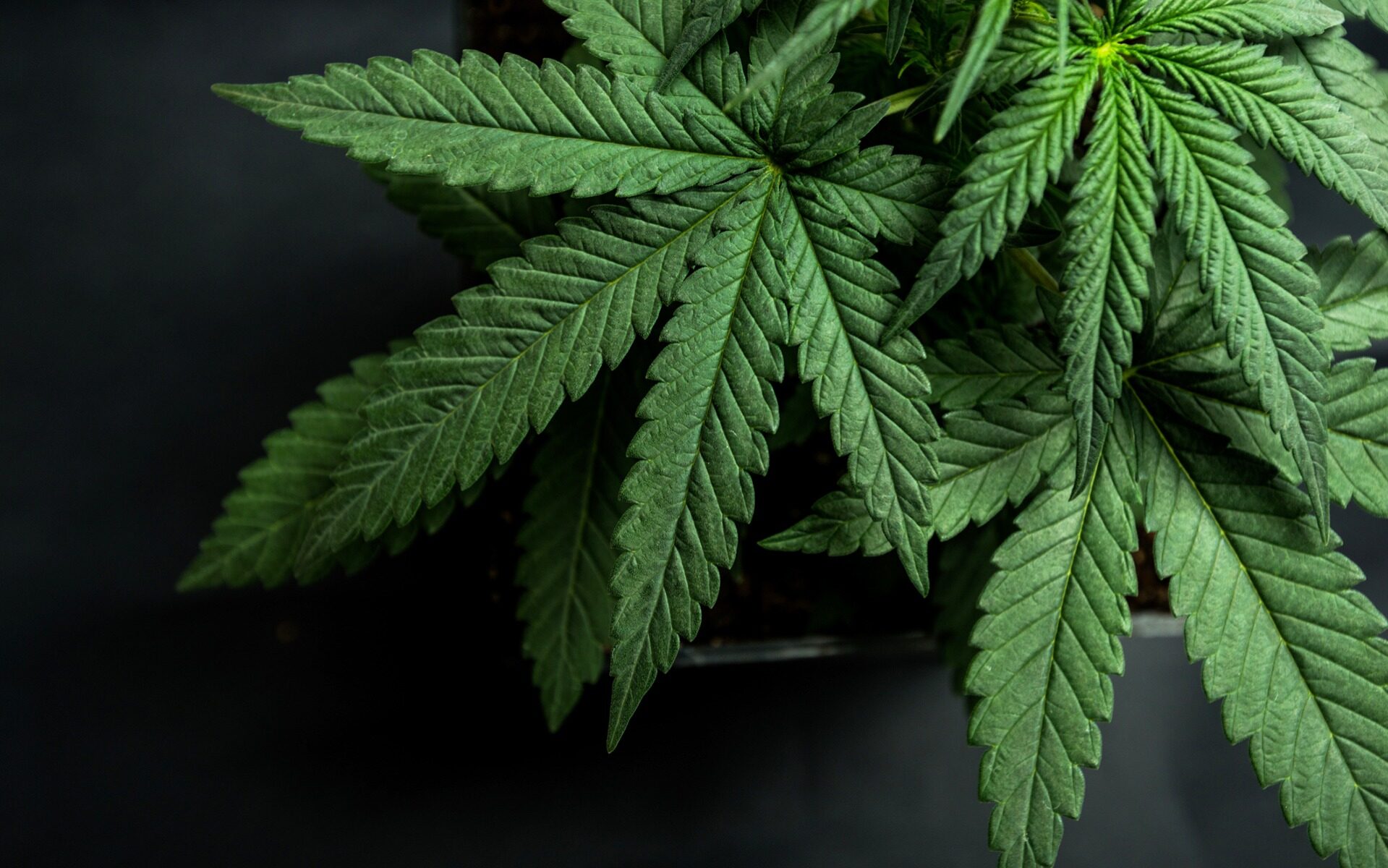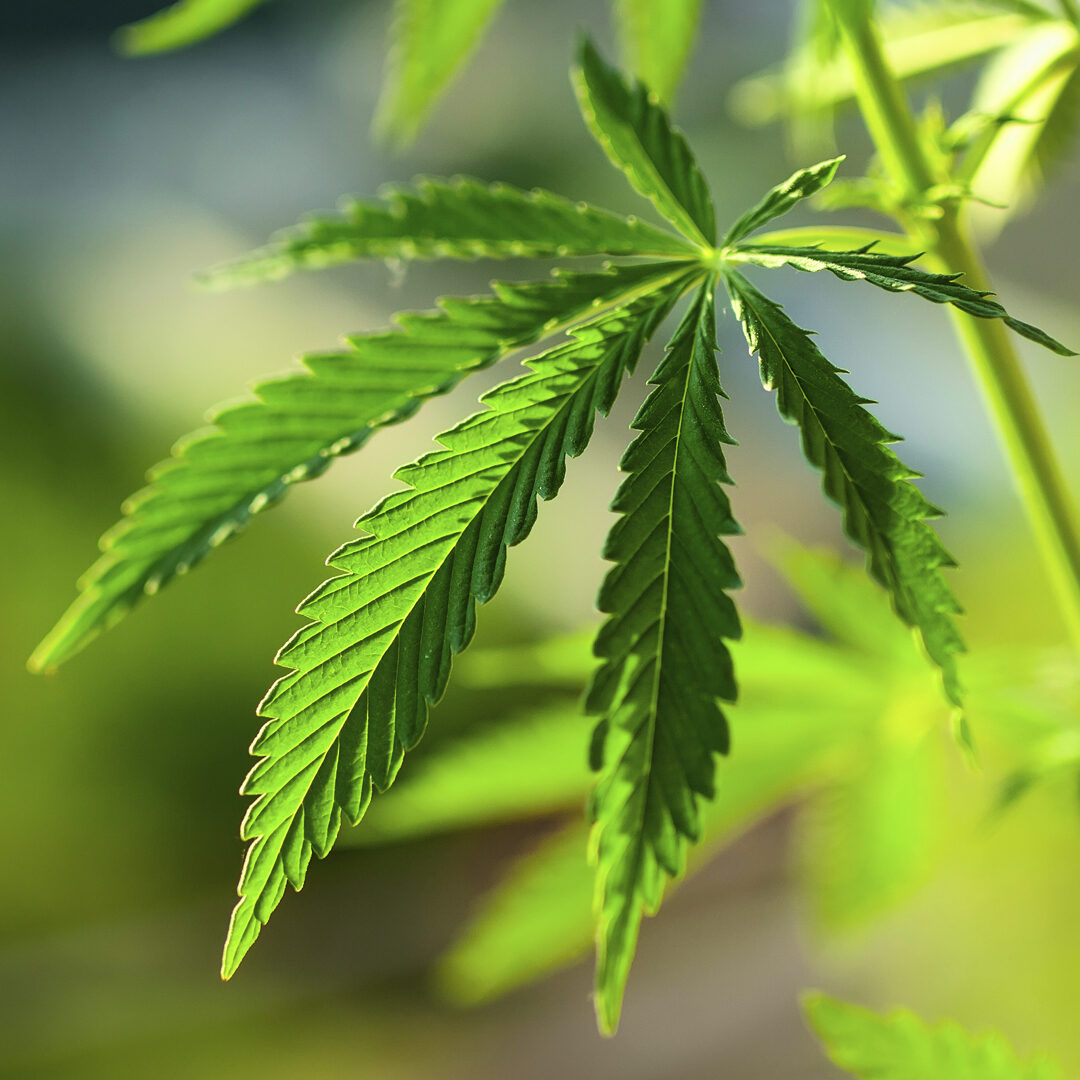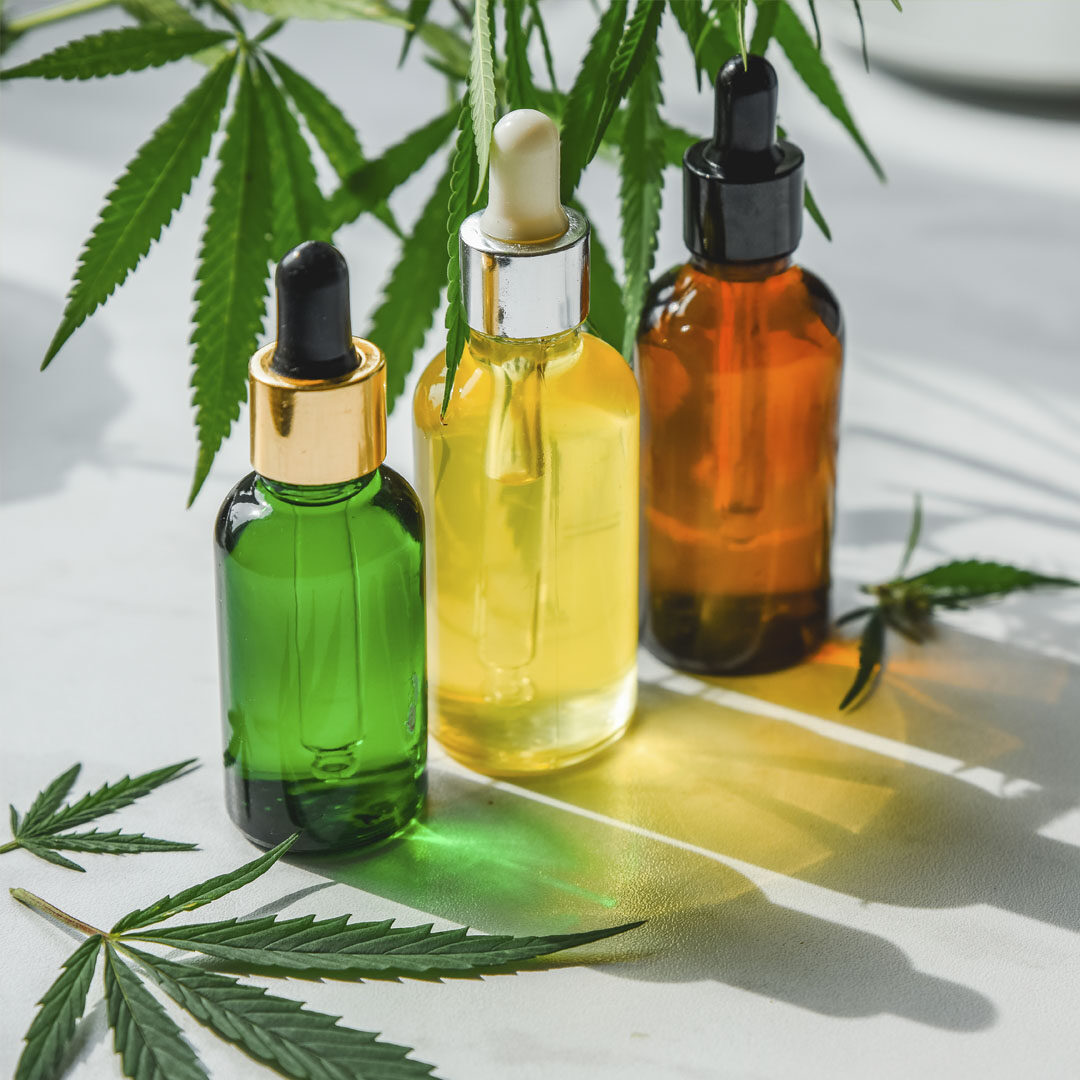This article will discuss the different types of eating disorders (the main ones) with a detailed description of diagnostic criteria, symptoms, signs and treatment for each one. Since research into how CBD, and its potential to help modulate the endocannabinoid system (ECS) is prevalent, this article will also discuss how CBD might work with the ECS to help cure or prevent certain eating disorders. The connection between eating disorders and anxiety disorder has been well established- this article will also discuss, then, how CBD might aid with lowering anxiety levels, which could potentially help prevent or cure an eating disorder. The article goes into detail about the endocannabinoid anandamide, and its utilisation in patients with eating disorders. Anandamide is best known for its potential to promote ‘bliss’ or ‘reward’ in people. As we suggest in the article, anandamide might best be utilised at certain and specific times, so that a patient does not experience these spikes after they conform to their abnormal diet. In conclusion, since CBD has a great level of potential for a range of illnesses and disorders, many mental health conditions from depression to anxiety included, perhaps a steady dose of CBD (under the recommendations of a medical health professional) might be beneficial for individuals with an eating disorder: more research on this, and how best to manipulate concentrations of anandamide, is needed.
Eating disorders can be debilitating, scary and extremely difficult to deal with. Not only do eating disorders affect a huge amount of a population, at the elemental level, an eating disorder can destroy lives. Raising awareness for the different types of eating disorders, looking at the diagnostic criteria to detect the symptoms and signs of the different types of eating disorders and, hopefully, helping to prevent problems early on, can be an invaluable resource. Which is exactly what this article seeks out to do. Quite simply put, educating, raising awareness and destigmatising all mental health conditions can help save lives. So, according to the NHS website, an eating disorder can be defined as: a mental health condition where food is controlled ‘to cope with feelings and other situations’. An eating disorder, then, is an official mental health condition which can involve either overeating or undereating to attempt to regulate a person. Usually it accompanies weight fluctuation, with a person having a flawed or obsessive worry over their body image.
Comes with 30 day money back guarantee
Shop now
It is important to note that, whether it’s you or a loved one, who is suffering from an eating disorder, there is light at the end of the tunnel. With medical professionals becoming more acquainted with what parts of the brain can trigger an eating disorder, to a greater variety of treatments becoming available, hopefully you can be reassured in knowing that there’s a wealth of research going into therapy, other forms of treatment and preventative measures.

Typically, society tends to equate to equate the words ‘eating disorder’ with teenage girls who are, statistically, more likely to suffer from two out of the three main eating disorders: anorexia and bulimia. Both conditions lead to significant weight loss, either from a person under eating or vomiting shortly after a meal. Anorexia and bulimia tend to affect girls from between the ages of 13 to 17 although this isn’t always the case. Psychological research summarises that the reason teenage girls tend to be affected by eating disorders is due to social pressure. Since many teenage girls are more likely to adhere to dangerous ideals of beauty, they’re more vulnerable to developing an eating disorder. Since teenagers tend to suffer from low self esteem to peer-pressure with a punishing dose of hormones to accelerate every emotional low, it’s hard not to see eating disorders as something which are developed within the teen years- and can be carried on by a person into their adult life.
A less well-known (but most common) eating disorder is what’s called binge-eating disorder (BED). It is when a person binge eats, for a number of factors dependent on the individual, only to feel a deep sense of shame afterwards. BED can lead to obesity, depression and anxiety, amongst other issues.
Since eating disorders are often built off a range of intermingling factors, from genetic predisposition (this factor is often underrated, but extremely prevalent- mental health conditions are, more often than thought, genetic issues) an individual who has been a victim of weight discrimination or bullying, a higher exposure to social media, an isolating (often demeaning) beauty industry which sets impossible beauty ideas, a lack of fulfillment and control in other parts of an individuals life, which can lead to overeating/binge eating or an individual having naturally low levels of serotonin. It can be hard to pinpoint what exactly leads to a person developing an eating disorder. But, like any other mental health condition, we can safely say that an eating disorder doesn’t happen overnight. While an eating disorder may begin for a wealth of reasons, depending on the individual, it can lead to crippling depression, anxiety and dangerous health conditions if unchecked.
Types Of Eating Disorders
Despite the three most common eating disorders being more heard of in popular culture, there are actually 5 subsections.

This type of eating disorder is characterised by drastic weight loss and body image issues. However, a person doesn’t need to be of a certain weight to be diagnosed with anorexia. Since anorexia is a condition specified by ‘body image’, an individual who is compulsively thinking about their body weight, body shape or how they look might also be suffering from anorexia. It is because of the misheld belief that individuals who have anorexia are overly thin that anorexia has been commonly underdiagnosed in those of a larger body type.
Common signs of those who have anorexia are: an individual limiting what they eat, exercising compulsively, vomiting after meals and taking laxatives. Binge eating sporadically is also a symptom of anorexia. Anorexia often begins in young adults or teenagers- it can carry later on in a person’s life.
The diagnostic criteria of those who might have anorexia:
- An intense fear or gaming weight.
- Restricting the required energy/caloric intake needed.
- A belief that they need to alter their weight- oftentimes those suffering from anorexia deny any drastic weight loss.
- Distorted self-evaluation of their body ie: seeing themselves as overweight or ‘fat’ when they aren’t.
Some symptoms include (but not limited to): fainting, weight loss, dizziness, quick to fall ill (low immunity), meal-skipping, over or under-sleeping/sleep problems, difficulty concentrating, brittle hair and nails, dental problems, skin discolouration irregular periods, swelling or bloating or sudden appearance of fine hairs on the body.
Common signs to notice in an individual with anorexia:
- Denying feeling hungry.
- Depression/ anxiety.
- Dramatic weight loss.
- Fixation with diet/weight/calorie intake.
- Making comments about feeling ‘fat’ or ‘overweight’: essentially displaying unhappiness or discontent with body image.
- Limited social interaction.
- Feeling cold or shivering quite a bit.
- Wearing more layers.
- Inflexible thinking/ stubborn behaviour patterns.
- Withdrawing from friends and family/ becoming more secretive.
Bulimia Nervosa

Characterised by bingeing and vomiting meals, bulimia is another common eating disorder. This type of eating disorder primarily circulates around overeating and, subsequently, vomiting up a meal- a person who has bulimia might also have a period of anorexia which follows (so, following an excessively harsh diet, low calorie intake, drastically losing weight). What distinguishes bulimia is the purging cycle which occurs after eating a meal. However, bulimia is built around compensating for meals- which means that taking laxatives or excessively exercising to ‘make up’ for eating is another way that those suffering from bulimia tend to ‘purge’. Bulimia can overlap with symptoms of anorexia- for the most part, though, someone who is bulimic tends to follow the rules of diet, binge, purge and repeat. You can have more than one eating disorder- but experts advise that it is incredibly important to find the ‘primary driving behaviour’ behind your eating disorder. If you display symptoms of anorexia, but spend the majority of time in a binge-purge-repeat cycle, then it is most likely you should be treated for bulimia, with the correct level of treatment accorded to a bulimic patient. This, according to a wealth of research and on the advice of health professionals, will allow for a quicker, more beneficial course of treatment.
A binge cycle in someone with bulimia (or binge eating disorder- which will be discussed a little later on) is very different to someone who overeats every now and then. Research tells us that the main difference between binge eating cycle and a regular bout of binge eating is the loss of control (LOC) which an individual experiences. In someone suffering from a binge eating cycle, there is an element of ‘spacing out’- which is what can be defined as LOC. An element of relinquishing, forgetting or becoming oblivious to how much they are eating at the time of binging.
The diagnostic criteria for those who might have bulimia:
- Recurring binge eating. Cyclic behaviour which typically involves binging, purging and then repeating.
- Self-induced vomiting, laxative abuse, over-exercising, fasting for prolonged periods of time- this typically tends to follow an episode of binge eating.
- LOC binge eating.
- Binge eating is commonly frequent- it might occur once every week.
- Distorted self-evaluation of the body.
- Periods of anorexia nervosa which might break up the binge-purge cycle.
Some symptoms include (but aren’t limited to): an obsessive concern over weight and body image, evidence of purging (this can be through the abuse of laxatives/ diuretics, an unhealthy spike in exercising or signs which show a person has disappeared after a meal to vomit), drastic weight loss, bloating, layering/baggy clothes, swelling in the face and jaw, food rituals (obsessive compulsive behaviour regarding food- such as only eating a certain type of food, not allowing food to touch, etc), drinking excessive amounts of water, tooth decay/erosion from vomiting, dizziness, swelling, dry or brittle hair and nails, discoloured skin, low immunity irregular periods and other such physical symptoms associated with low energy/low calorie intake.
Common signs to notice in an individual with bulimia:
- Evidence of binge eating, ie: long absences, missing food items, an excessive (and out-of-the-ordinary) amount of wrappers and food-remains in the bin.
- Dramatic weight loss.
- Purging: this is a compulsive need to ‘compensate’ for a binge session. It can be one of more of excessive exercising, vomiting, taking laxatives, taking diuretics.
- Substance abuse/ risk taking behaviour.
- Wearing more layers.
- Inflexible thinking or stubborn behaviour patterns.
- Withdrawing from friends and family/ becoming more secretive.
Binge Eating Disorder (BED)

Binge eating disorder is another eating disorder- an individual with BED will eat large portions of food, without any control over calorie intake. This separates BED from compulsive eating; where compulsive eating disorder happens when an individual will tend to eat an unspecified amount of food due to sudden feelings/ compulsions which can’t really be explained. Where compulsive eating is a behaviour, usually sporadic, concerning unquantifiable amounts of food, and very debilitating in its own right, it is not classed as a mental health condition. This separates it from BED- binge eating disorder is classed as a mental health condition. According to the Binge Eating Disorder Association, the level of food that is binged is quantifiable- despite being dependent on the individual. BED is considered more common than any other eating disorder. Typically, those who suffer from BED tend to eat large quantities of food for their individual uptake. In most cases, a person with BED will overeat during a binge. What separated BED from bulimia is there is no vomiting or purging after a binge.
Those who have BED report that binges are far from fun: they tend to be extremely difficult and distressing, causing discomfort. Since a binge session will accompany sluggishness due to intake of excessive amounts of fat, sugar, carbohydrates and salts, a binge cycle can leave the individual feeling a lot worse than before. Emotionally, a binge cycle will accompany feelings of shame, failure or misery– which makes it similar to the eating disorders above. These are emotions which can lead an individual with BED to suffer feelings of anxiety and depression, or feel that they’ve lost out in some way. Since society has conditioned many of us to believe that BED isn’t a ‘real’ eating disorder because it doesn’t cause visible weight loss, it can be extremely hard for an individual with BED to get the help that they deserve. Since body ideals and fat shaming exists on a much larger basis (both in popular culture and media) and so BED might go undetected.
BED is often a condition that is mocked, undermined or considered a moral failing of some sort, with reports showing that less than half of individuals with BED have sought treatment for it. Thankfully, over the years, BED has become a lot more recognised, making treatment more accessible for those who need it. BED is the most common eating disorder in the west.
The diagnostic criteria for those who have BED:
- Eating excessive amounts of food (this is typically within a 2 hour period). The amount of food is usually larger than what is normally expected of an individual of a certain size, weight and sex.
- During the binge eating cycle, the individual experiences loss of control (LOC)- this might manifest as uncontrollably eating without being able to stop, ‘spacing out’ or dissociating during the binge and/or being unaware of the number of calories consumed during the binge.
- A person with BED will typically binge eat at least once a week for a period of 3 months.
- A person with BED won’t purge after binge eating- according to experts, this is what distinguishes it from bulimia. A binge session might follow with some nausea (since the stomach is stretched due to overeating). If a person with BED vomits after a binge, most likely, it was unplanned. Likewise, those with bulimia may not always purge after a binge. Since people don’t always fit into categories, the lines which separate different eating disorders can become blurred.
- An individual with BED will tend to: binge eat alone (most people who have BED will feel ashamed for their binge eating), binge eat until excessively full, binge eat rapidly, binge eat, despite not being physically hungry and experience feelings of shame, depression, self-disgust, anger, anxiety or urges to self-harm after a binge session.

Some symptoms include (but aren’t limited to): evidence that an individual is binge eating, hoarding/ stealing food, withdrawing from friends and family, low self-esteem, low immunity, fluctuating weight (while weight gain, namely an individual being overweight or obese may typically be associated with BED, it definitely depends on the individual), over-concern about weight/ appearance/ body image, disrupted eating patterns (so, skipping meals to ‘prepare’ or ‘punish’ oneself, fasting for some period, excessive concern over diets), engagement with compulsive food rituals (chewing for a certain period of time, not letting foods touch, eating one main food group), adjusting a lifestyle or diet to accommodate for a binge eating session, and more.
Common signs to notice in an individual with BED:
- Evidence of binge eating, ie: long absences, missing food items, an excessive (and out-of-the-ordinary) amount of wrappers and food-remains in the bin.
- Withdrawing from friends and family/ becoming more secretive.
- Dieting often.
- Self-harming, especially after a binge session.
- Fluctuating weight: often weight gain and obesity are signs of BED.
- Food rituals.
- Feelings of disgust and depression after any meal.
- Feelings of disgust and depression after a binge.
- Food hoarding.
- Centering lifestyle around the next binge session, ie: working around a schedule to best accommodate a binge session or avoiding other commitments in order to binge.
- Sleep problems.

Avoidant/ Restrictive Food Intake Disorder (ARFID)
ARFID is a condition in which an individual only eats certain foods/ food groups- their diet is heavily restricted. Much like BED, ARFID sometimes tends to be confused for what isn’t. Those who have suffered from ARFID tend to be coined as ‘picky eaters’- this is untrue as an individual with ARFID, unlike a regular ‘picky eater’, doesn’t just dislike certain foods, but finds eating those certain foods to be mentally distressing. While not typical in every individual with ARFID, someone who displays signs of this disorder, might tend to avoid eating in social settings, may develop obsessive compulsive qualities in other parts of their life, or may develop corresponding anxiety or depression. While ARFID can happen for a number of reasons, research tells us that there are some factors which can lead to an individual developing ARFID:
- A person has severe trauma due to certain foods/ food groups/ textures and smells. Choking a vomiting up a certain type of food as a child is also a reason why an individual might develop ARFID. This leads to anxieties about eating certain foods, which can cause revulsion, panic and distress.
- A person has worries about eating certain foods and might be unable to articulate why. ARFID can develop in individuals who might be scared to eat certain foods or food groups- there may be no reason for this development.
- Taste, smell, texture and appearance of certain foods might put a person off. This is known as sensory-based avoidance.
- Some people are born with a poor appetite- they tend not to get hungry and eat very little. With more accounts of people explaining their experiences of ARFID, a derivative of the disorder is that, for some individuals, eating is a ‘chore’. One blog details that any food out of ‘the norm’ for the writer would make them ‘cry, panic and violently gag’. There doesn’t have to be specific trauma to explain the disorder- accounts detail that some individuals with ARFID have a natural ‘fear and aversion’ and deep-rooted ‘sensory issues’ to certain foods or food groups.

Science and research journals have attempted to look into why ARFID might develop in an individual- oftentimes, when it comes to any eating disorder, there isn’t ever a solid reason. Research has shown that those on the autistic spectrum, those with ADHD and those with intellectual disabilities, children who don’t outgrow their picky eating and those who suffer from pre-existing anxiety disorder might be at a higher risk of developing ARFID. However, studies have attempted to find some way to identify ARFID in school-aged children: a questionnaire, known as the Eating Disturbances in Youth-Questionnaire (EDY-Q), manifested a four-factor structure which pretty much concludes what factors are written above. It succinctly determines that ARFID is, most often, due to: emotional food avoidance, weight problems, selective eating and restrictive eating due to fear of consequence. However, since ARFID is an ‘umbrella term’ for a much wider, this questionnaire, alone, cannot encompass the condition in the way it deserves.
As with most mental health conditions, each individual either develops, or is born with, the condition in question. And ARFID isn’t an exception to this. ARFID has now become a new name for, what was previously called, ‘Feeding Disorder of Infancy and Early Childhood’. ARFID often begins in infancy (although this is not always the case, especially in instances where the disorder develops due to a traumatic event in a person’s adult life ie: aversion to smells, textures, instances of vomiting, choking, gastrointestinal issues which cause appetite loss or negative associations with certain food groups and more) and almost always results in worsening symptom- often due to anxiety spiking. What might start out as avoiding a certain texture can end up turning into a highly restrictive diet with little to no nutrients and where the individual isn’t meeting the daily caloric requirement for their age and sex.
The diagnostic criteria for those who have ARFID:
- Eating disturbances: avoidance in eating certain foods, lack of interest in food, aversion to food, concerns about eating foods.
- Signs which show a person just isn’t matching their necessary daily food intake: often characterised by weight loss, lack of concentration or cognition, dependency on supplements, nutrient deficiency.
- You can’t explain the eating disturbance for an illness, medical condition or an otherwise mental disorder.
- You can’t explain the eating disturbance for a general lack of food available to the person (in other words, they have access to food).
- The eating disturbance isn’t caused by another eating disorder- most commonly, an eating disorder which centres on a person being fixated on using a restrictive diet to alter weight and body image ie: the lack of eating isn’t due to anorexia or bulimia. ARFID isn’t an excessive and unhealthy lifestyle routine of diet and/or exercise and/or purging- it is an aversion to certain foods, textures, smells and so forth which has nothing to do with weight or body image. This being said, a person can suffer from ARFID and other eating disorders (such as anorexia). If this occurs, each eating disorder must be diagnosed and treated, separately. Treatment for ARFID can overlap with anorexia.
Common signs to notice in an individual with ARFID:
- Complaints about gastrointestinal issues
- Complains about constipation due to lack of nutritional fibre in the diet
- Complaints about lack of energy or abdominal pain
- Low mood
- Weight loss
- Will avoid eating certain foods/ avoid eating in front of people/ avoid social situations
- Fearing vomiting
- Fearing choking
- Lack of interest in eating
- No concern over body image or weight
- Dry and brittle hair and nails
- Dizziness
- Low immunity
- Irregular periods
Orthorexia
Orthorexia is on the rise and, while it isn’t an ‘official’ eating disorder, it can be a serious threat to a person’s health. In short terms, orthorexia is the obsession with healthy eating, to the point of an individual damaging their wellbeing. For example, compulsively checking nutritional labels and/ or engaging with damaging diets, such as the raw food diet (which has, since its conception, been proven to be extremely low in calories and nutritional value), obsessing over nutrition and health and, in general, spending excessive portions of the day talking about ‘healthy foods’, what they will eat for their next meal, and feeling nervous or anxious if what is ‘healthy’ isn’t included on the menu. Orthorexia has been shown in close connection with obsessive-compulsive disorder and can accompany the development of anorexia or bulimia.

Common signs to notice in an individual with orthorexia:
- Unusual interest in health, sometimes extending to what others are eating
- Compulsive checking of nutrient labels and calorie counting
- Cutting out major food groups
- Following ‘fad’ diets
- Spending a lot of time thinking about nutritional intake/ foods/ what foods to eat
- Spending an excessive amount of time thinking about what ‘healthy’ option to order at a restaurant
- Distress when healthy options aren’t available
- Not concerned with weight or body image- more so concerned about what’s healthy and what isn’t.
Other Specified Feeding or Eating Disorders (OSFED)
Despite its vague-sounding name, OSFED is as serious as any other eating disorder- but it does encompass a wide range of symptoms, some of which we might recognise. OSFED is considered an umbrella-term for individuals who experience atypical or a wealth of symptoms which cannot be defined by one specific diagnostic criteria, ie: a person displaying symptoms of anorexia, bulimia and ARFID all at once or a person who suffers from atypical anorexia with bulimic tendencies.
With that being said, OSFED also defines individuals who might be diagnosed with a specific eating disorder, but may exhibit atypical symptoms. OSFED can be when a person displays symptoms of anorexia, but their weight stays healthy or does not fluctuate so dramatically. OSFED is also the right term for if an individual experiences an eating disorder at ‘low frequency levels’- so, BED in a person who binges less than once a week or bulimia with the person showing infrequent instances of purging (and other such compensatory behaviours). Purging disorder (where an individual purges, but not to compensate for a binge) and night eating syndrome (when a person compulsively overeats/ binges on a nightly, recurrent basis, unaffected by external factors and without experiencing LOC) also count as OSFEDs.
Common signs to look for in a person with an OSFED:
Since OSFED is an umbrella term, these are just some symptoms to look out for. As with any eating disorder, no symptom can be set in stone.
- General feelings of depression, shame, anxiety or low mood
- Fluctuating weight (this might not always be the case in atypical eating disorders)
- Discomfort with eating around other people
- Food rituals
- Distorted or obsessive body image/ weight perceptions
- Signs of purging
- Low immunity/ bad health
- Mood swings
- Sleep problems
- Irregular periods
- Fine hair on body
- Dry/brittle nails and hair
Treatments For Individual Eating Disorders
Treatment tends to vary for the different types of eating disorders. Because eating disorders are classed as mental health conditions, treatment will accompany some specialised therapy.

Anorexia
- Cognitive behavioural therapy: specialised for anorexia. CBT breaks down large problems and traumas into small parts with a trained professional.
- Cognitive analytic therapy: often recommended to patients with anorexia alongside CBT. This type of therapy looks at past events and conflicts to unpack why a person may have developed this disorder.
- Focal psychodynamic therapy: uses therapy to access past unresolved conflicts and work through them. Similar to CAT.
- Interpersonal psychotherapy: looks at how a person’s relationships affect their mental health.
- In some (atypical) cases, antidepressants or anti-anxiety medications (upon the recommendation of mental health professionals).
- Diet Advice/ Plans
Bulimia
- Cognitive Behavioural Therapy: specialised for bulimia.
- Interpersonal Therapy
- In some (atypical) cases, antidepressants or anti-anxiety medications (upon the recommendation of mental health professionals).
- Diet Advice/ Plans
BED
- Group CBT
- Guided self-help programmes
- Individual CBT (if group CBT doesn’t work)
OSFED
- Therapy (according to doctor diagnosis)
- Diet plan (according to doctor diagnosis)
Eating Disorders and Anxiety
Many research studies have shown that there’s a close connection between anxiety and eating disorders- in one study, 64% out of 647 participants with anorexia and bulimia were diagnosed with one or more anxiety disorder. It’s been hypothesised that, for people who suffer from eating disorders such as anorexia or bulimia, the act of eating spikes anxiety levels. By restricting the diet, anxiety levels are kept low. Therefore, it is through the compulsive behaviour of controlling the external that allows a person’s internal anxiety to remain at low levels. This is the opposite for a person with BED- eating keeps anxiety at a low. In most instances, an individual with an eating disorder is suffering from an acute form of anxiety: food becomes the source with which a person can control anxiety spikes.
The Brain and Anxiety

Anxiety can also translate into a worry or fear that’s persistently present- unless you do something about it. Anxiety tends to spike and fall- but when it does peak, studies show that the brain releases stress hormones such as adrenaline and cortisol. When too many of these stress hormones flood the system, something known as your baseline anxiety level peaks. This is what causes severe anxiety- the system becomes ‘used to’ a constant spike in stress hormones, a constant fight or flight response and a constant engagement of the sympathetic nervous system (elevating the heart rate, sweat glands and shallowing the breathing).
Another thing that anxiety does to the brain is engage the amygdala, which is responsible for alerting the brain to danger in the hopes to stimulate a response centre- the prefrontal cortex (PFC) of the brain is responsible for evoking this rational response to a stressful situation. However, when anxiety spikes to the point of irrational or unclear thinking, it prevents the amygdala from properly engaging with the PFC.

There is no specialised and physical treatment to cure an eating disorder- however, since research has shown that CBD might be useful in helping with mood, cognition and appetite, it might be helpful for those individuals who are already undergoing psychotherapy for an eating disorder. CBD has been shown to uplift mood, curb anxiety levels, improve clarity and cognition and even stimulate appetite. Since CBD is mostly used as a therapeutic agent to uplift and centre the body and mind, as a supplement (not medication) it might prove a useful aid in helping to promote balance.
For the most part, CBD is pretty safe and works well with the body. CBD works with our endocannabinoid system (ECS). Because our ECS controls most of our bodily processes- from our appetite to mood to cognition, studies have found that CBD, in its capacity to balance out our ECS, might be useful in helping to treat eating disorders. With research showing that eating disorders are psychological, regular dosage of CBD, alongside regular psychotherapy, might change the way that the brain perceives anxious thoughts. While we know that CBD indirectly stimulates CB1 receptors in the brain, which modulates emotion, memory and perception, we can see that when these receptors are activated (especially when activated in the right amounts) positive changes happen. This is especially important when factoring in that CBD does not actually attach to ECS receptors in the body- in fact, CBD has a very low affinity for the ECS receptors. CBD controls naturally occurring ECS receptors in the body, which makes it easier to balance the body’s natural processes without causing psychoactivity, paranoia or spike anxiety. In a study done on rats, it was shown that engagement of the CB1 receptors in the central nervous system resulted in lower levels of anxiety.
This is most likely because the presence of CBD improves concentrations of the endocannabinoid receptor, anandamide. Research tells us that higher concentrations of the endocannabinoid, anandamide in the system can evoke feelings of bliss, lower anxiety, lift the mood by boosting serotonin and promote wellbeing. In fact, the name anandamide is the Sanskrit word for bliss- hailing from the root of the word: ‘ananda’.
Above, we discussed that anxiety tends to stem from fear, unregulated. Anandamide helps to combat this by lowering fear levels- especially fear which spikes from episodes of trauma, general anxiety, OCD or even PTSD. With an eating disorder, which relies on the fear of food, the higher presence of anandamide might be able to help ease the anxiety-spike which accompanies a patient’s eating habits.
Manipulating the ECS
However, because eating disorders are not so straight forward (and not always caused by something so simple as an anxiety response which needs to be compulsively controlled by a restrictive or over-excessive diet)- therefore, much of the research done on these eating disorders show that there happens to be a spike in the serotonin and dopamine levels of those patients who restrict their diet. When they do stop themselves from eating certain foods, or skip meals, the brain releases these ‘feel-good’ hormones…and higher concentrations of anandamide in the blood– though this isn’t the case for individuals with bulimia, where, it’s been hypothesised, that the purging behaviour (such as vomiting) causes lower levels of anandamide. Essentially, abnormal eating habits become a reward for individuals with eating disorders- the more they restrict their diet, the more dopamine is released.
However, in the next breath, the research paper claims that anandamide levels (and they way anandamide engages with the CB1 receptors in the brain to stimulate the release of ‘feel-good hormones’) can be manipulated; which is where CBD can come in. Since CBD can be administered at certain times or hours to spike anandamide levels, you might say there’s a light at the end of the tunnel. This, paired with CBD’s potential to limit anxiety levels and aid those with obsessive compulsive tendencies, suggests that there’s a lot of potential for CBD here.
It can be surmised that, since high levels of anandamide are found in a range of people, for example those who don’t have eating disorders with perfectly normal diets, it isn’t the high levels of anandamide which is the problem, but the fact that concentration levels spike when the diet is abnormal. This ensures that a person with the eating disorder equates abnormal eating habits with a strong sense of ‘reward’. So, to combat this, a ‘manipulation of the endocannabinoid tone’ is needed- where anandamide can spike in patients after they eat a normal, nourishing meal, instead of after restricting their diet or binge eating. Long story short, it is not the presence of the endocannabinoid which is the problem- which means that, as long as CBD can be administered at the right time, there is a chance to promote positive change in an individual’s reward-circuit.
One thing is certain: the manipulation of the endocannabinoid system plays a huge role in possibly preventing, and controlling, the risk of eating disorders.

Some Of Our Recommendations
Should you find yourself wanting to try CBD, there’s a range of different brands, applications and concentrations out there. Some of our favourites include:
Perfect to take sublingually (under the tongue) throughout the day (according to doctors’ dosage recommendations). This CBD oil is full spectrum- which means it has trace amounts of THC to heighten the potency of CBD in ‘the entourage effect’. We recommend this product for its efficacy, affordability and application, which takes place quickly and effectively with little to no hassle.
If you want a more concentrated CBD product, with high quality and effective ingredients, this product is for you. Once again, the sublingual application makes the product easy to take. This is a full spectrum product, to promote ‘the entourage effect’ and each ingredient is extracted via the most effective method- supercritical CO2 extraction. This makes the CBD, within the product pure and potent.
- Cannacares CBD Transdermal Patches
Not every CBD needs to be taken orally. And if you find yourself hesitating to try CBD oil, you might benefit from experimenting with topical CBD patches- especially if you’re prone to muscle tension, body ache or just want to relax and unwind.
Studies have shown that the mind-body connection is extremely effective- when the body is relaxed, it can be a lot easier to ease the mind of worry or stress. Topical CBD or transdermal patches (we suggest the patches since they’re effective, can be slapped on anywhere you require and tend to be more affordable- ideal for first-time users) offer the kind of targeted muscle tension release. Offering localised comfort, CBD patches might be just the therapeutic relief you need.
Conclusion
Because of a lack of universal medical treatment, eating disorders are hard to stick a pin into- since the dawn of time, anxiety-related issues have existed. Since the birth of the eating disorder, there’s been a lot of speculation and suggestion; with results coming in slowly but surely. Now, more than ever, with research and new preventative measures coming into play, there’s a chance that we might be able to control and combat a number of eating disorders. With the discovery of phytocannabinoids and their deep-rooted connection to the ECS, a stronger reliance on therapy and counselling, and more articles and medical research coming into play, eating disorder awareness is at an all time high. We, at Alphagreen, hope that with every small piece of research and conclusion stepping into the limelight, eating disorders can be cured a lot quicker or even prevented from occurring.
And as we delve deeper into the murky, long neglected, waters of mental health, one thing we can say for certain is that with compassion, empathy and research, we are sure to see advancements on how to fully prevent and treat a range of disorders.

Anastasiia Myronenko
Anastasiia Myronenko is a Medical Physicist actively practicing in one of the leading cancer centers in Kyiv, Ukraine. She received her master’s degree in Medical Physics at Karazin Kharkiv National University and completed Biological Physics internship at GSI Helmholtz Centre for Heavy Ion Research, Germany. Anastasiia Myronenko specializes in radiation therapy and is a fellow of Ukrainian Association of Medical Physicists.





